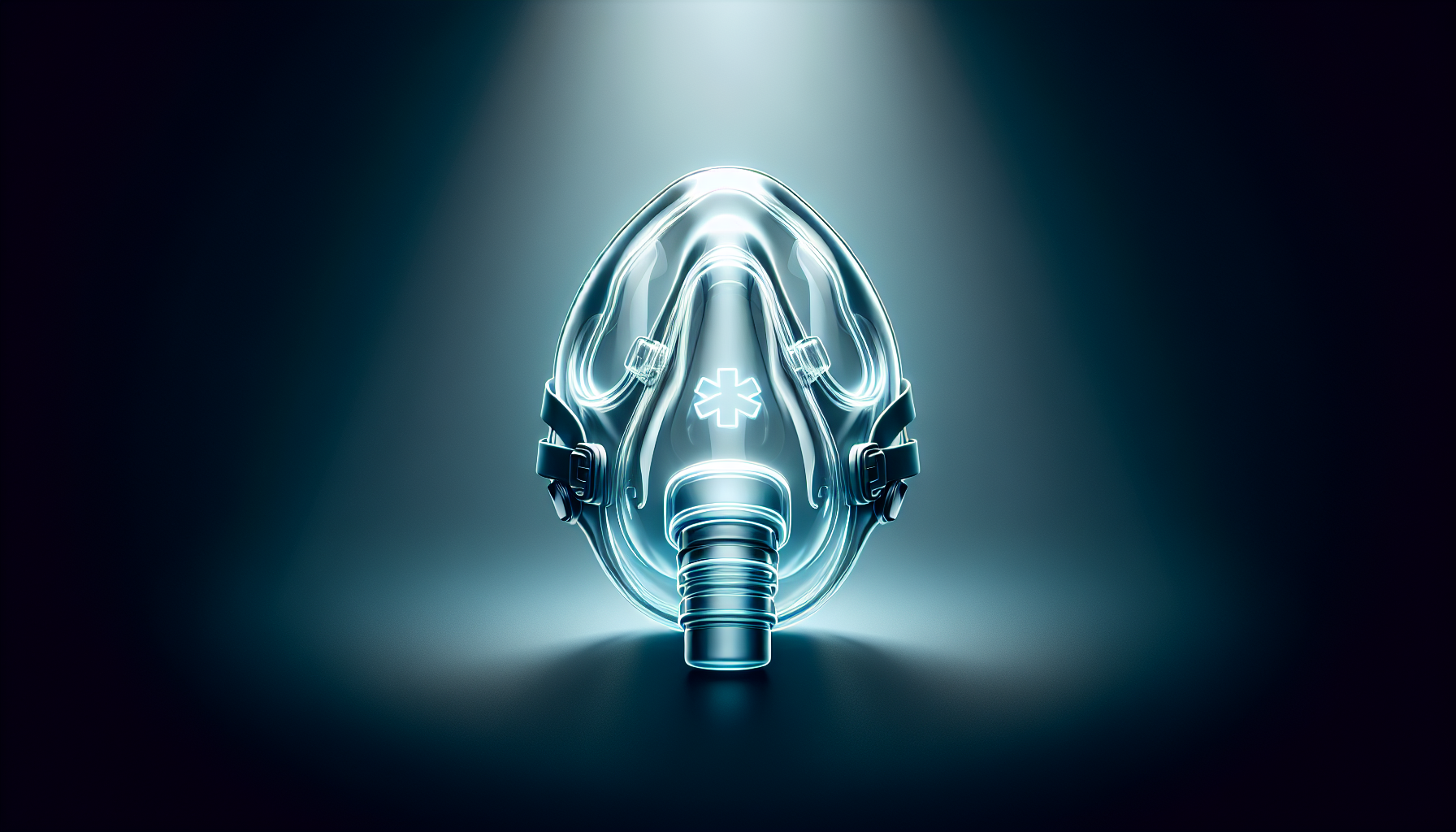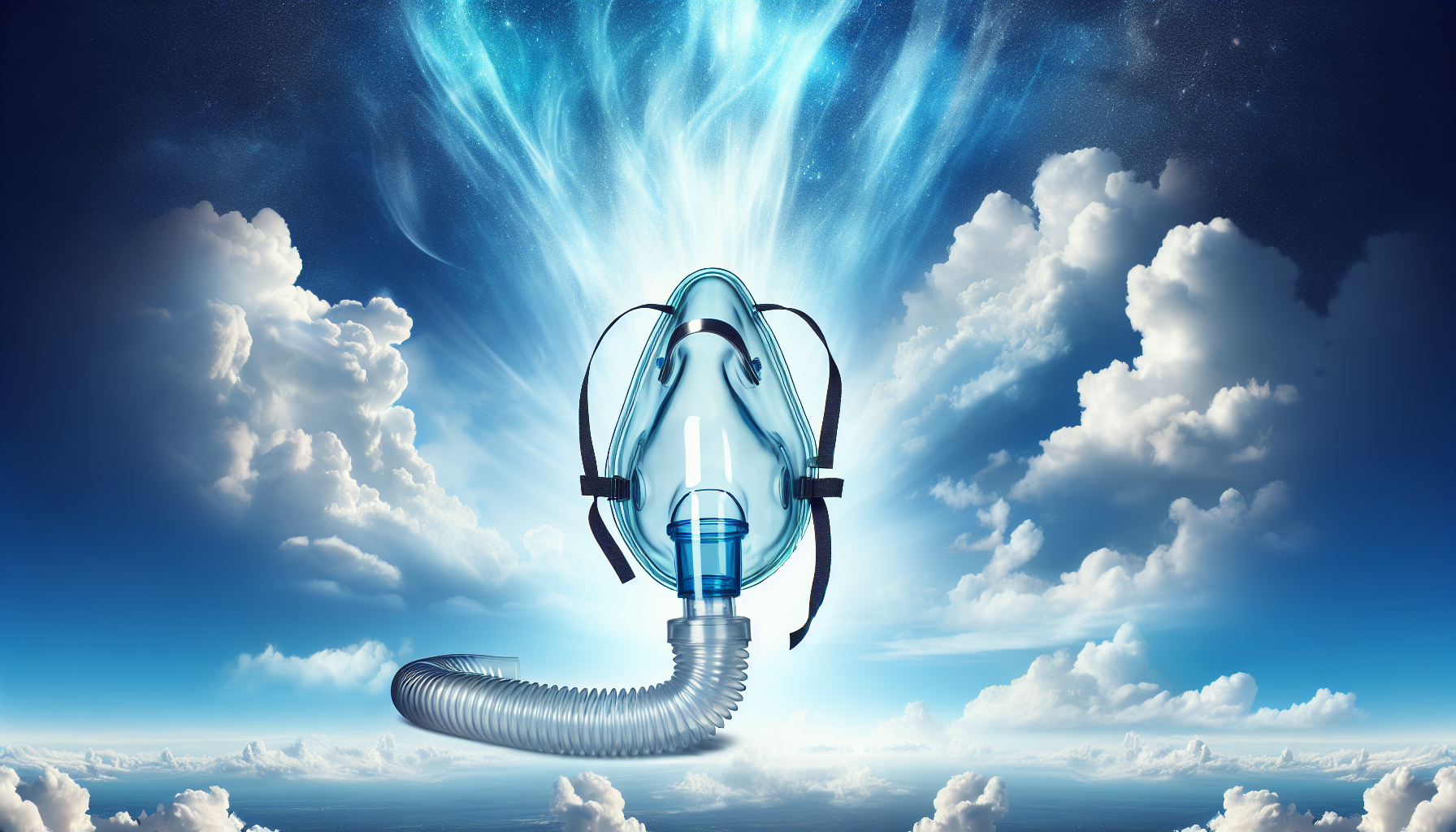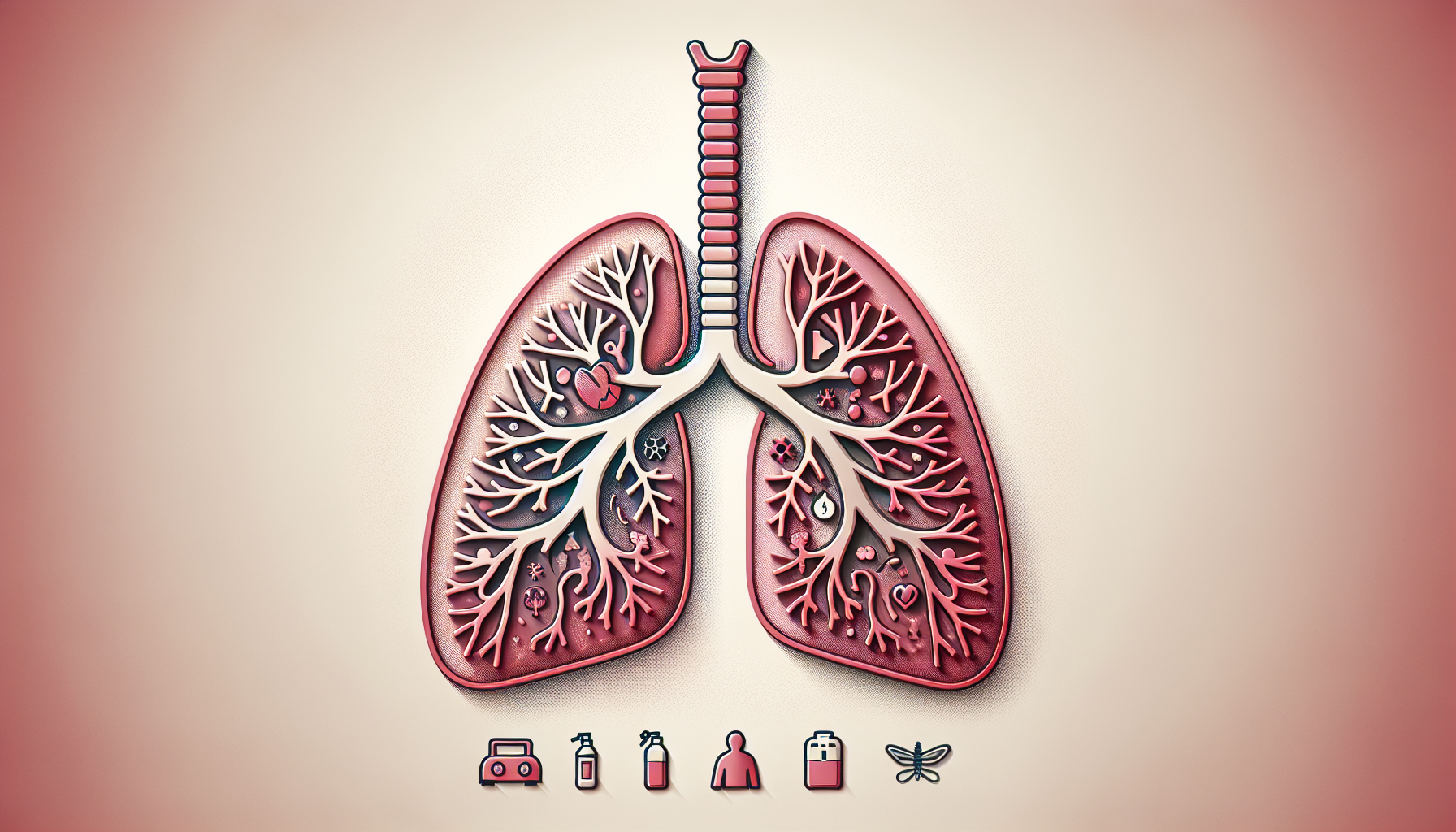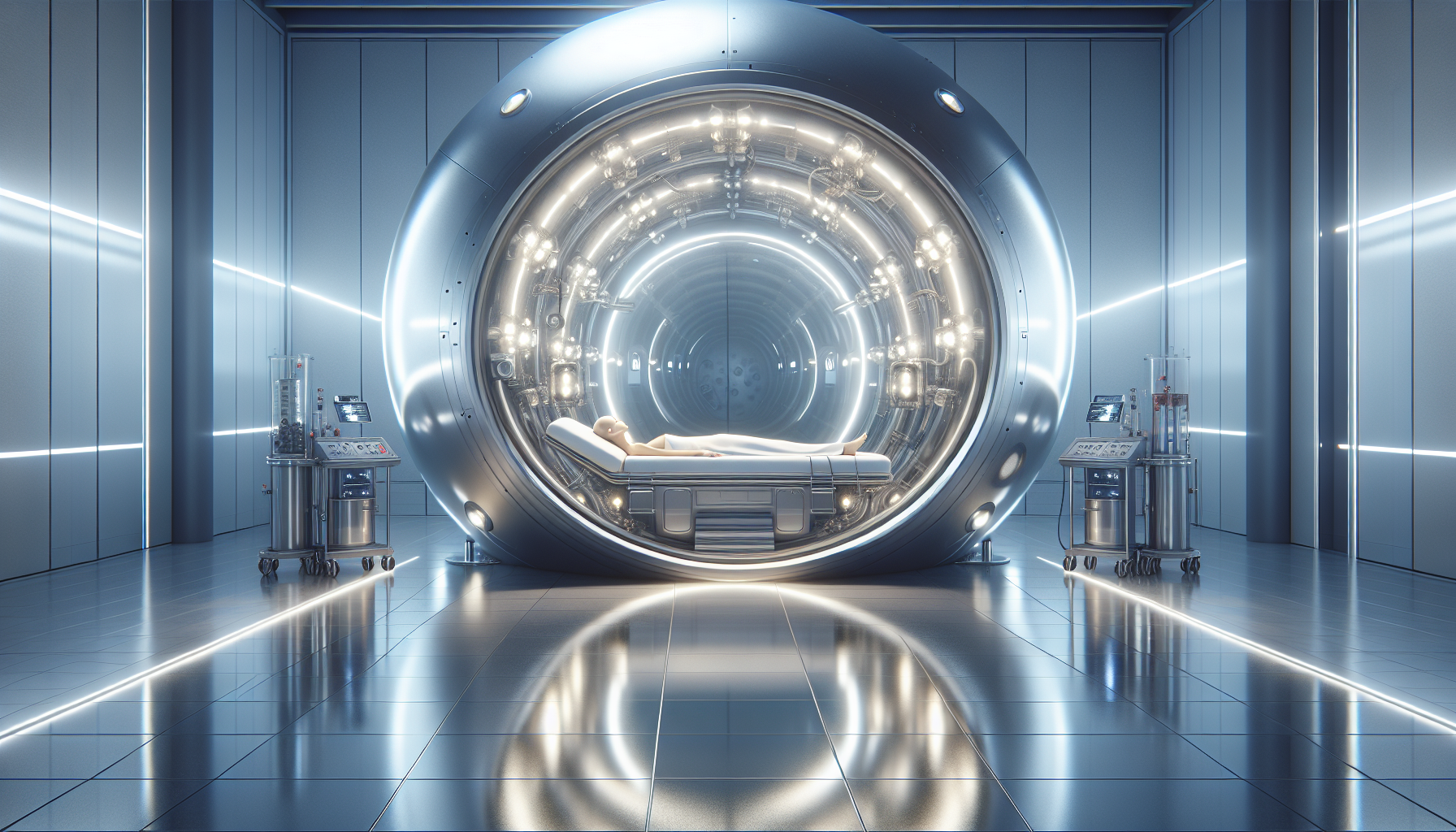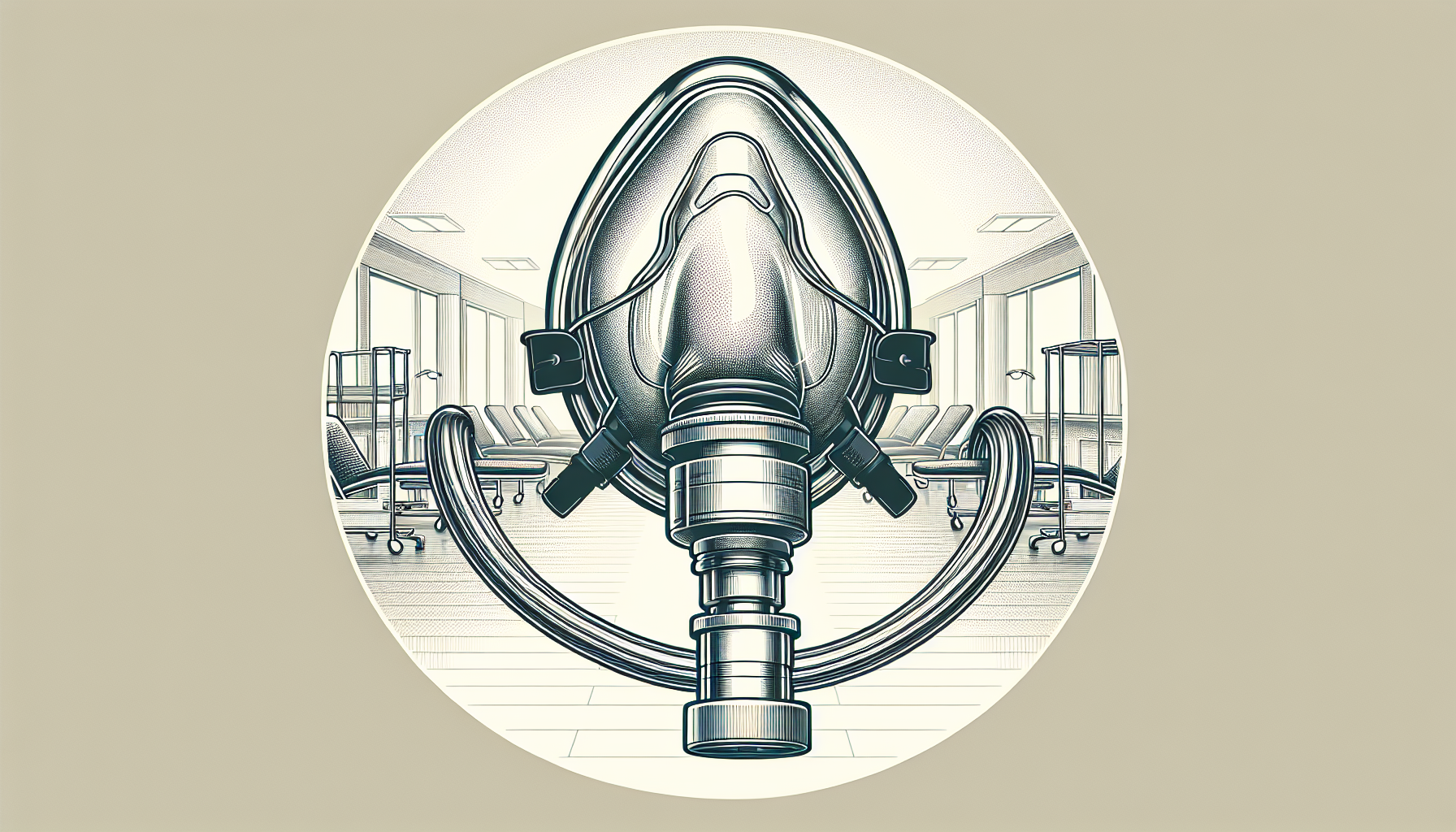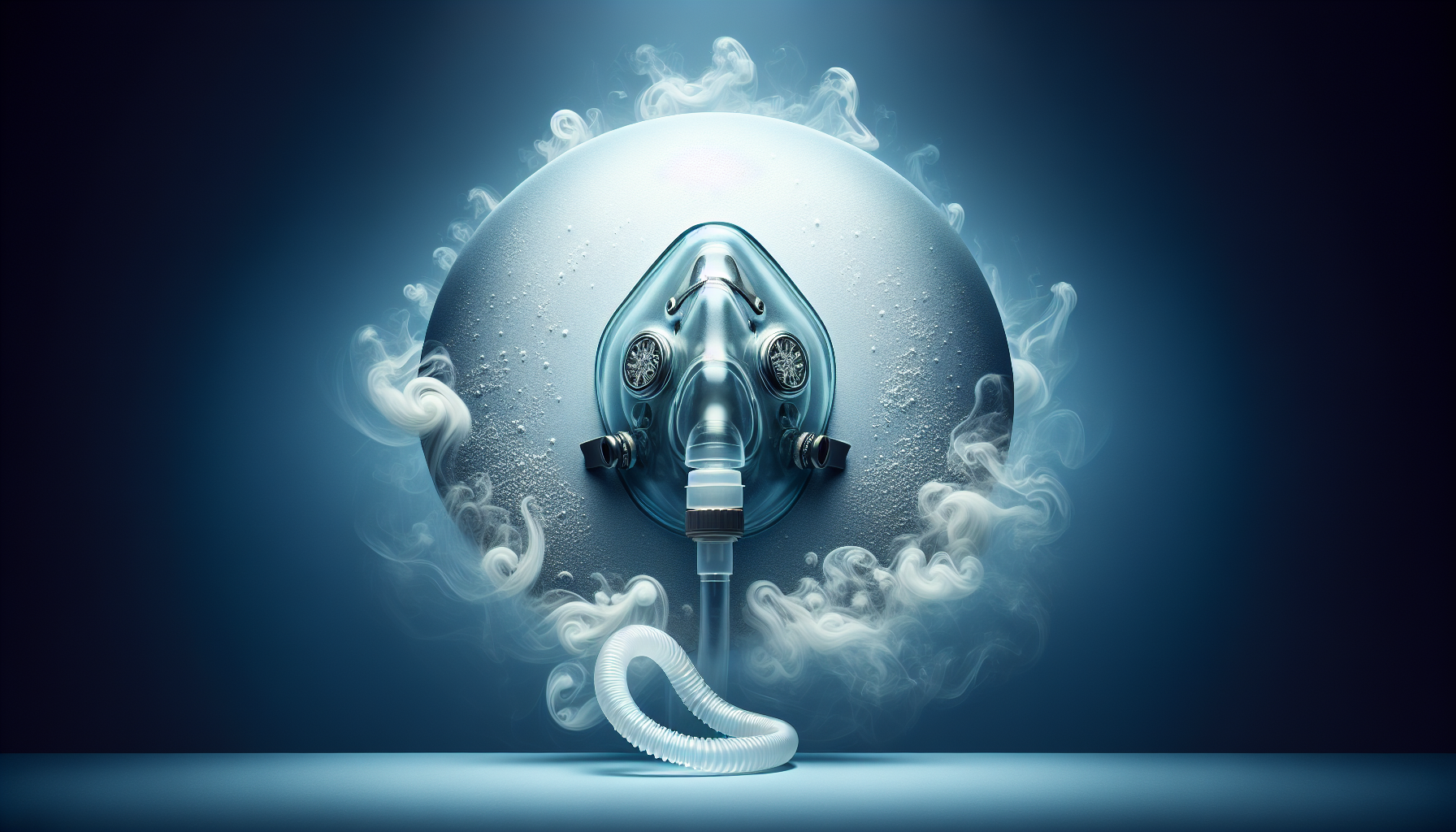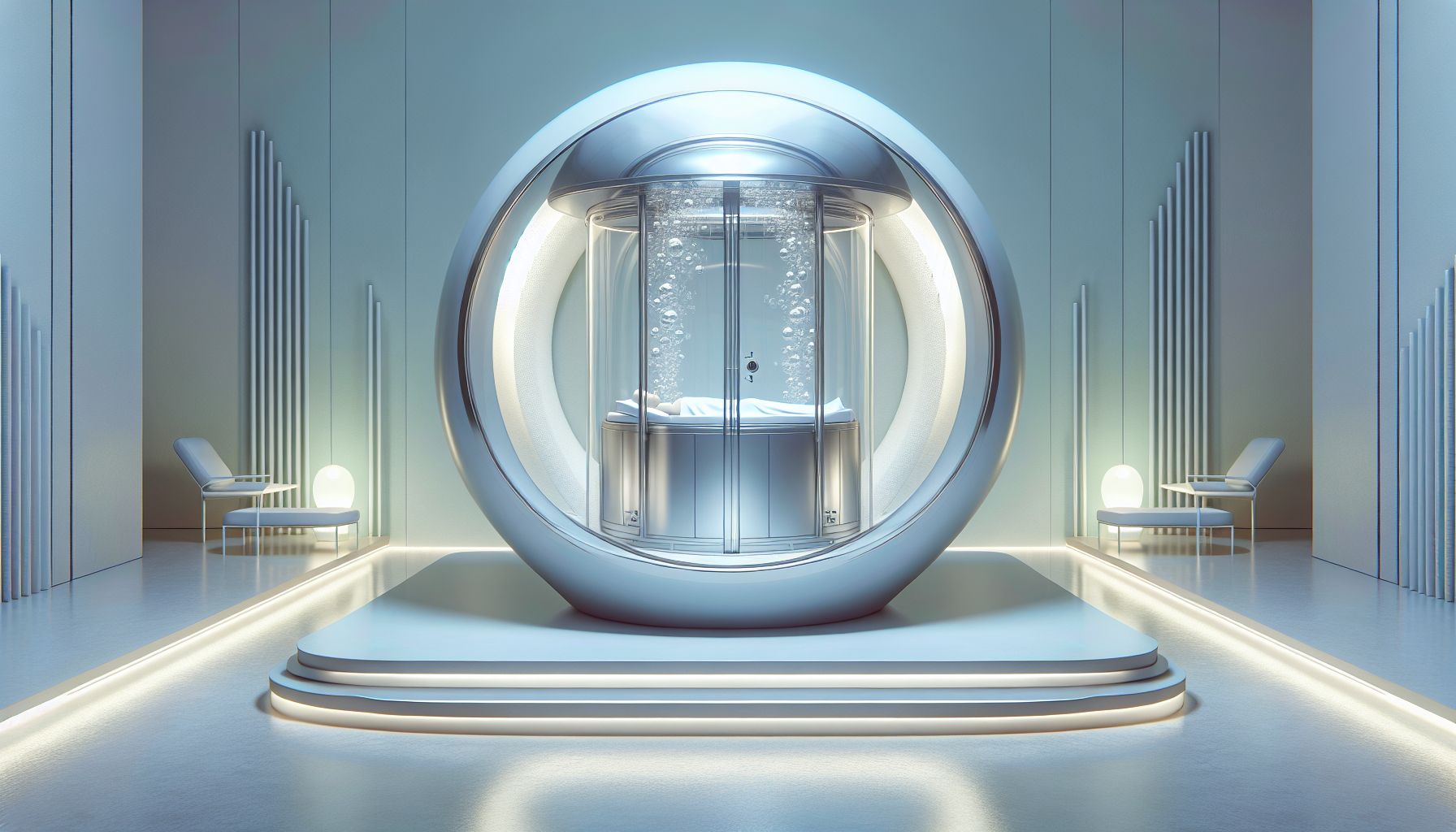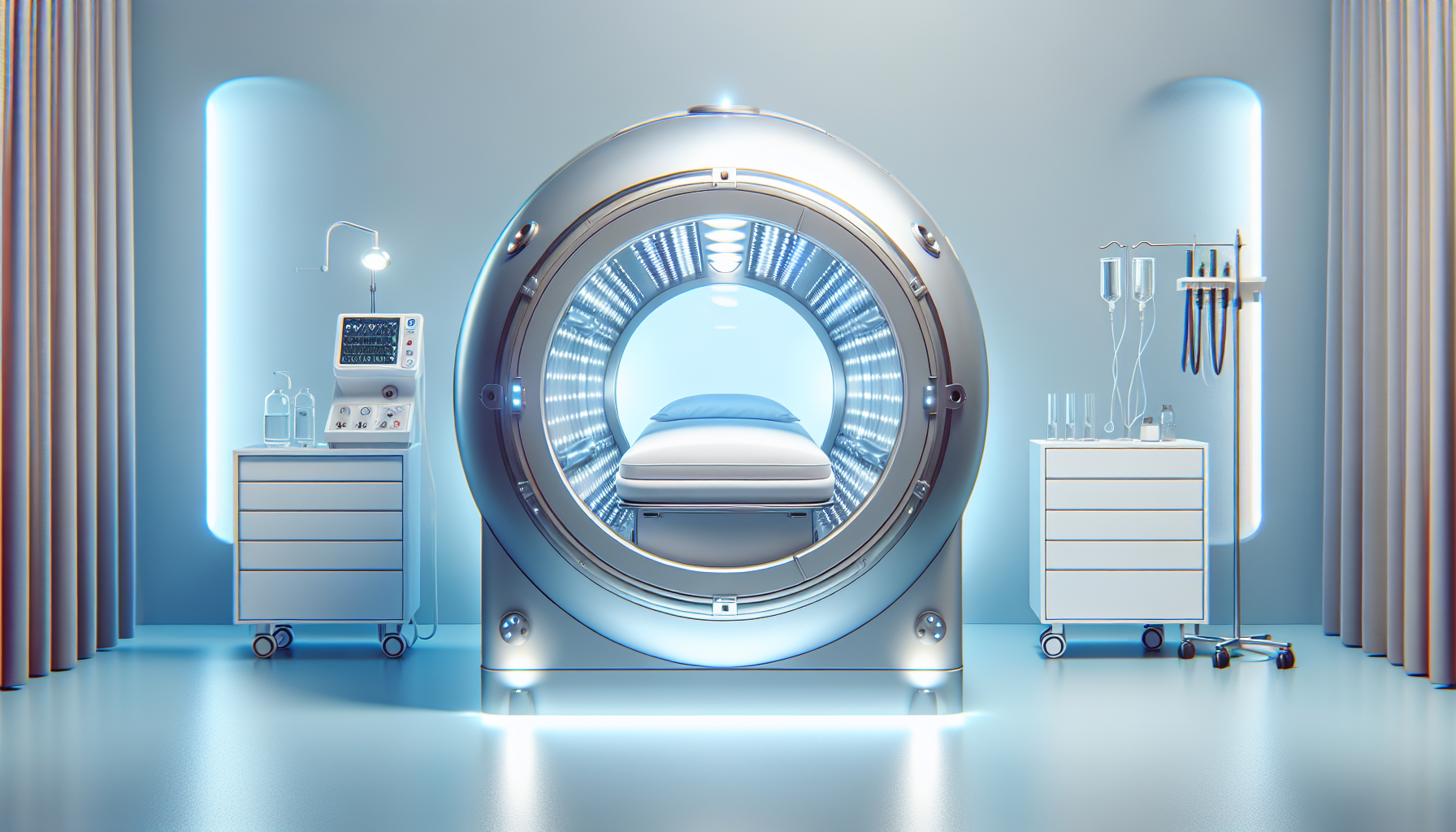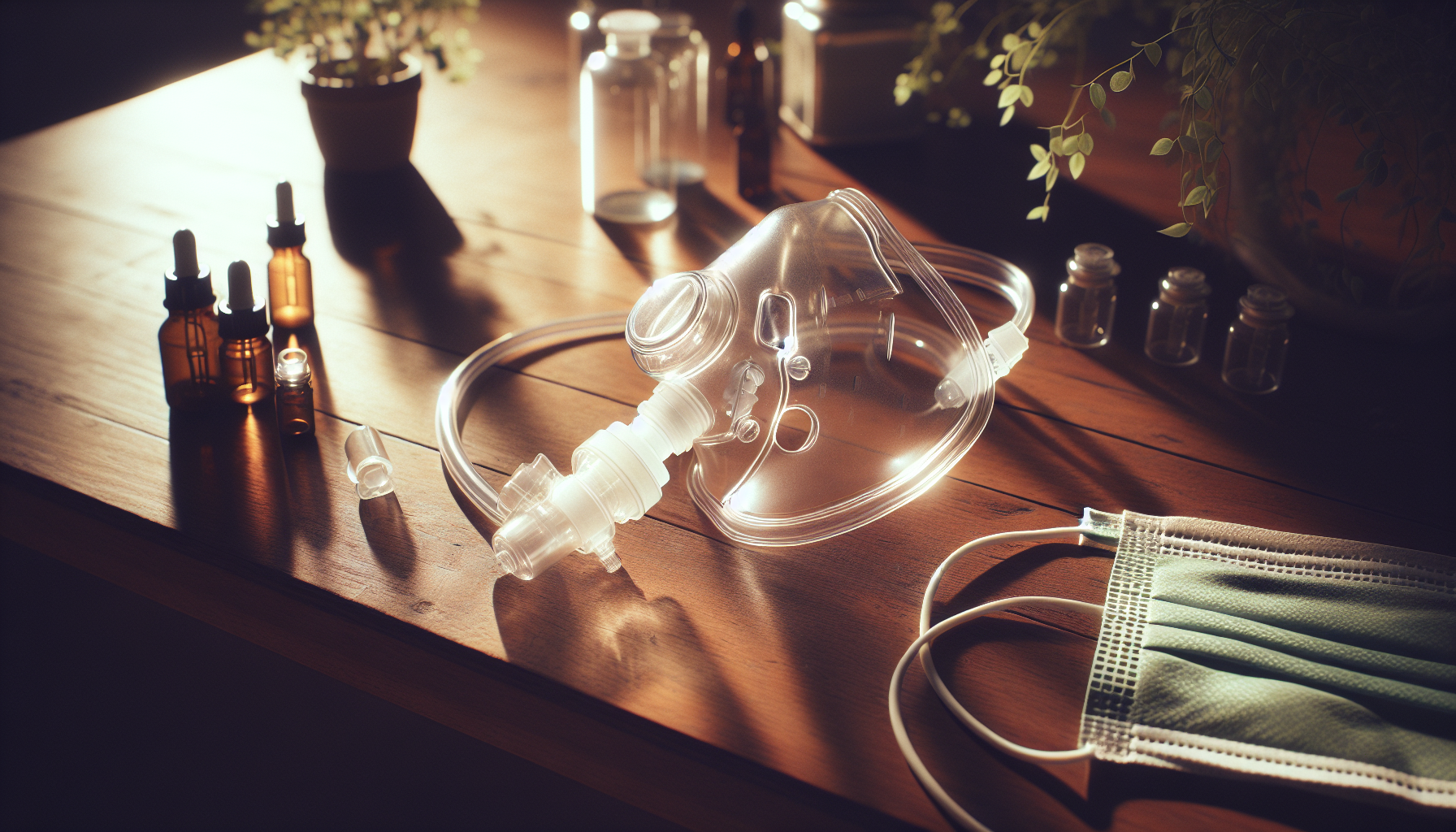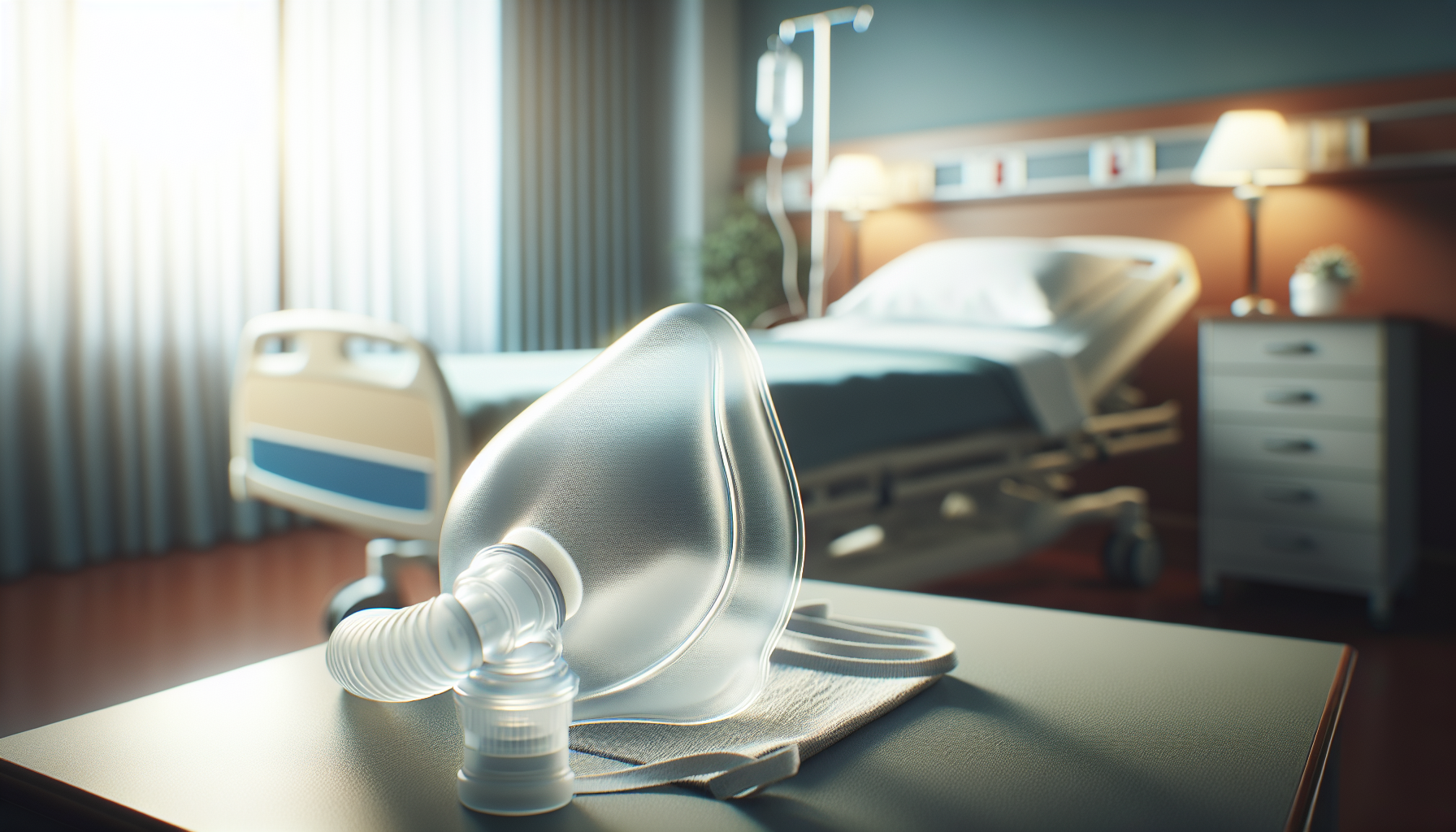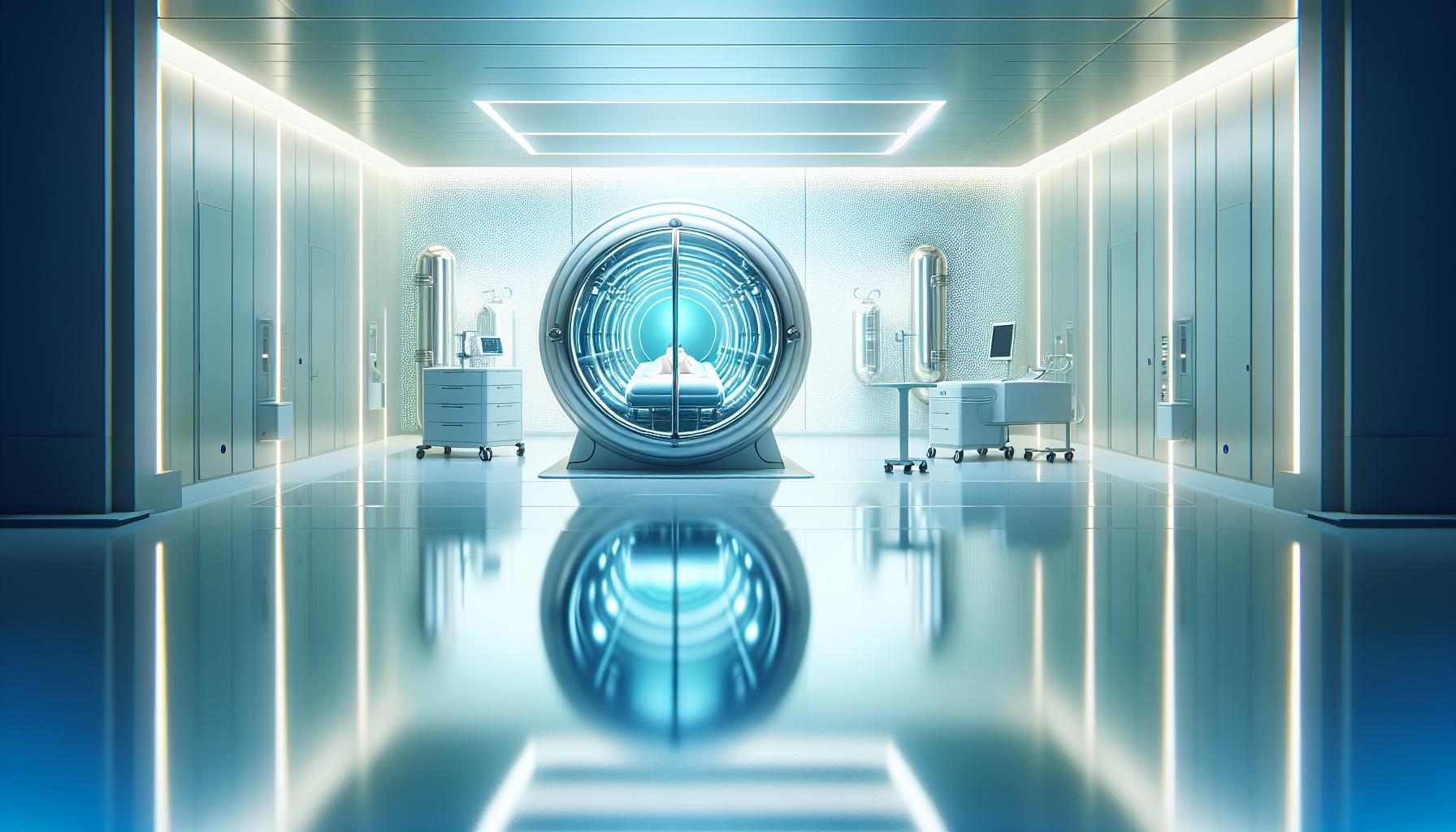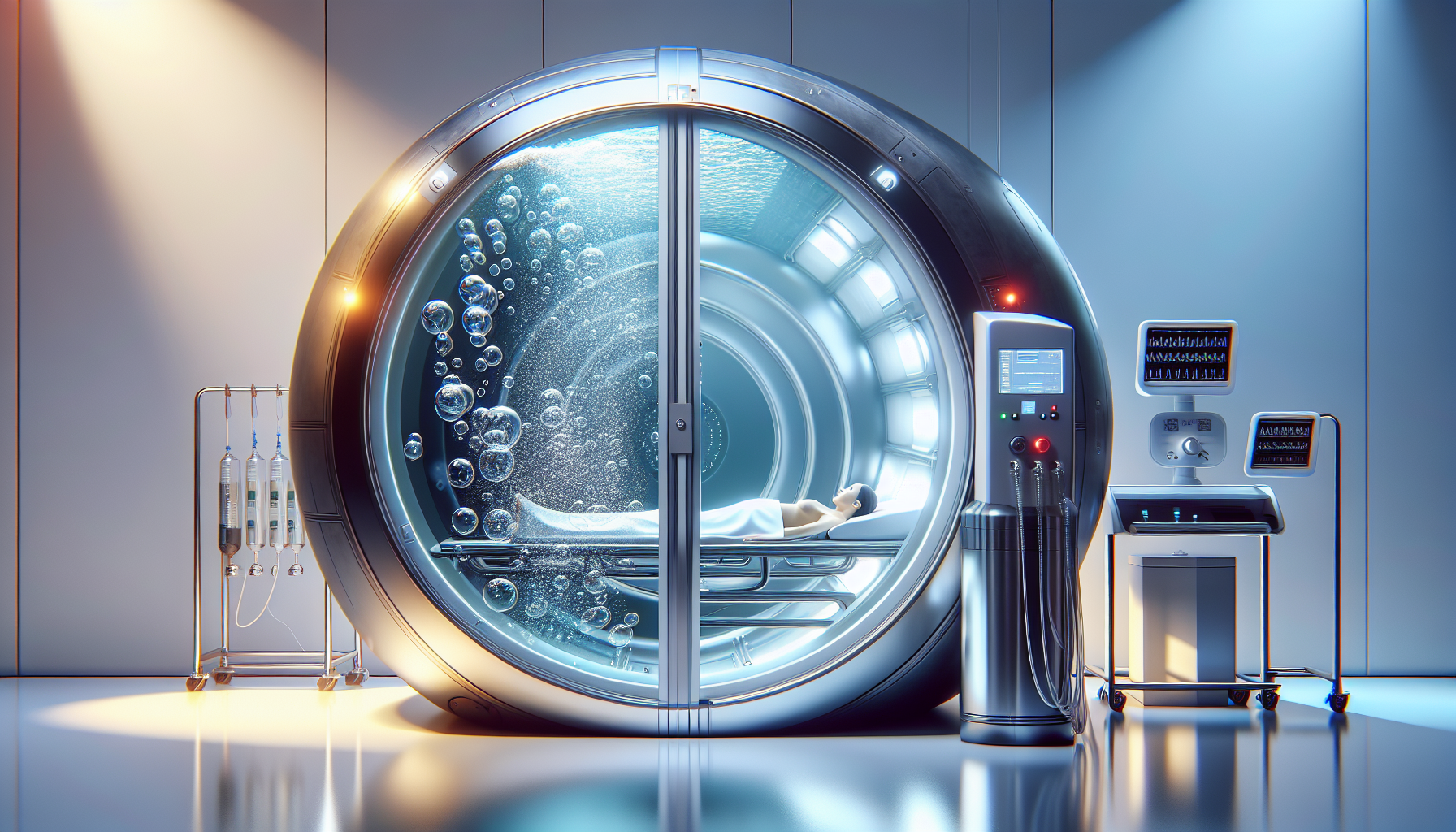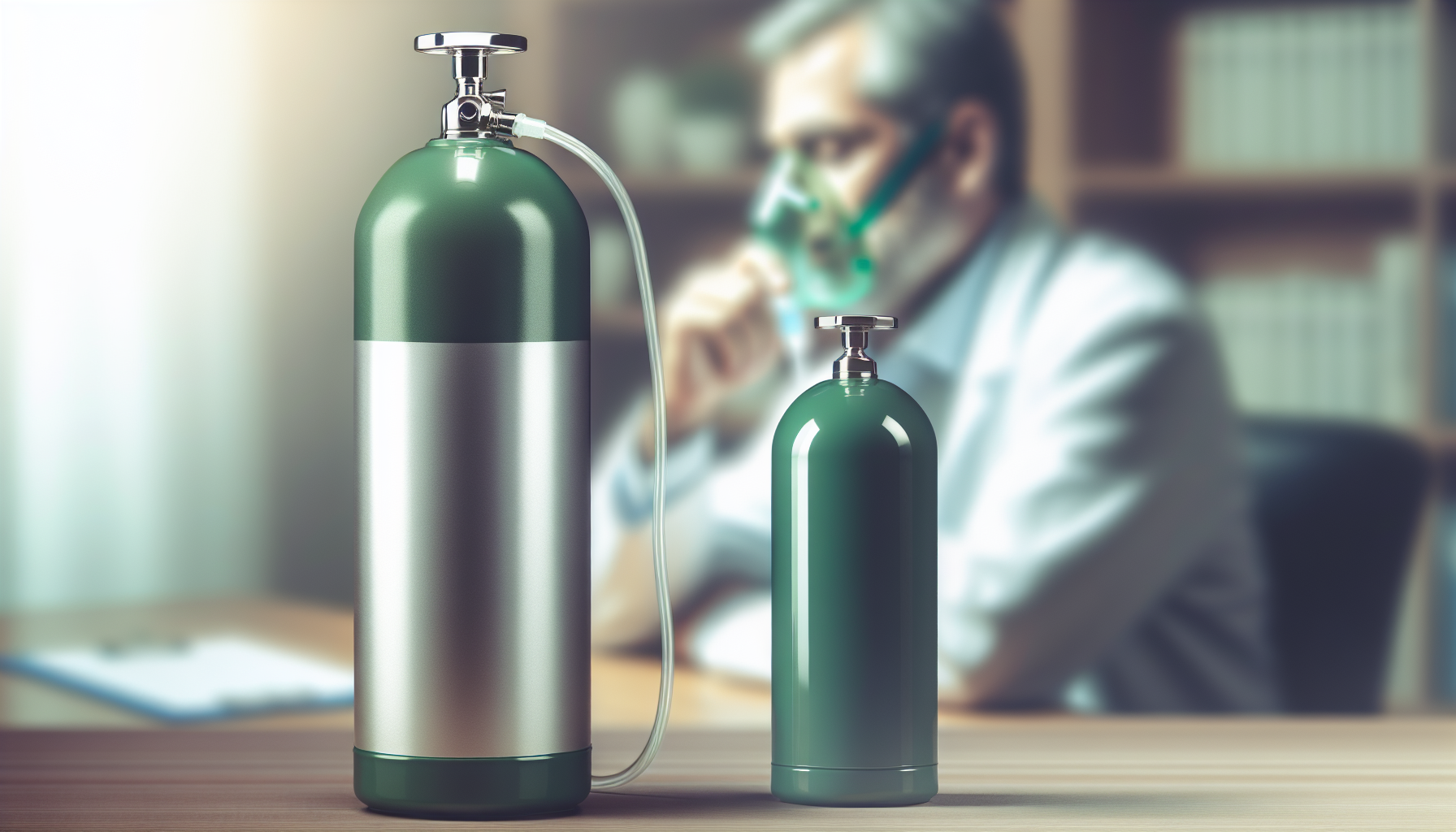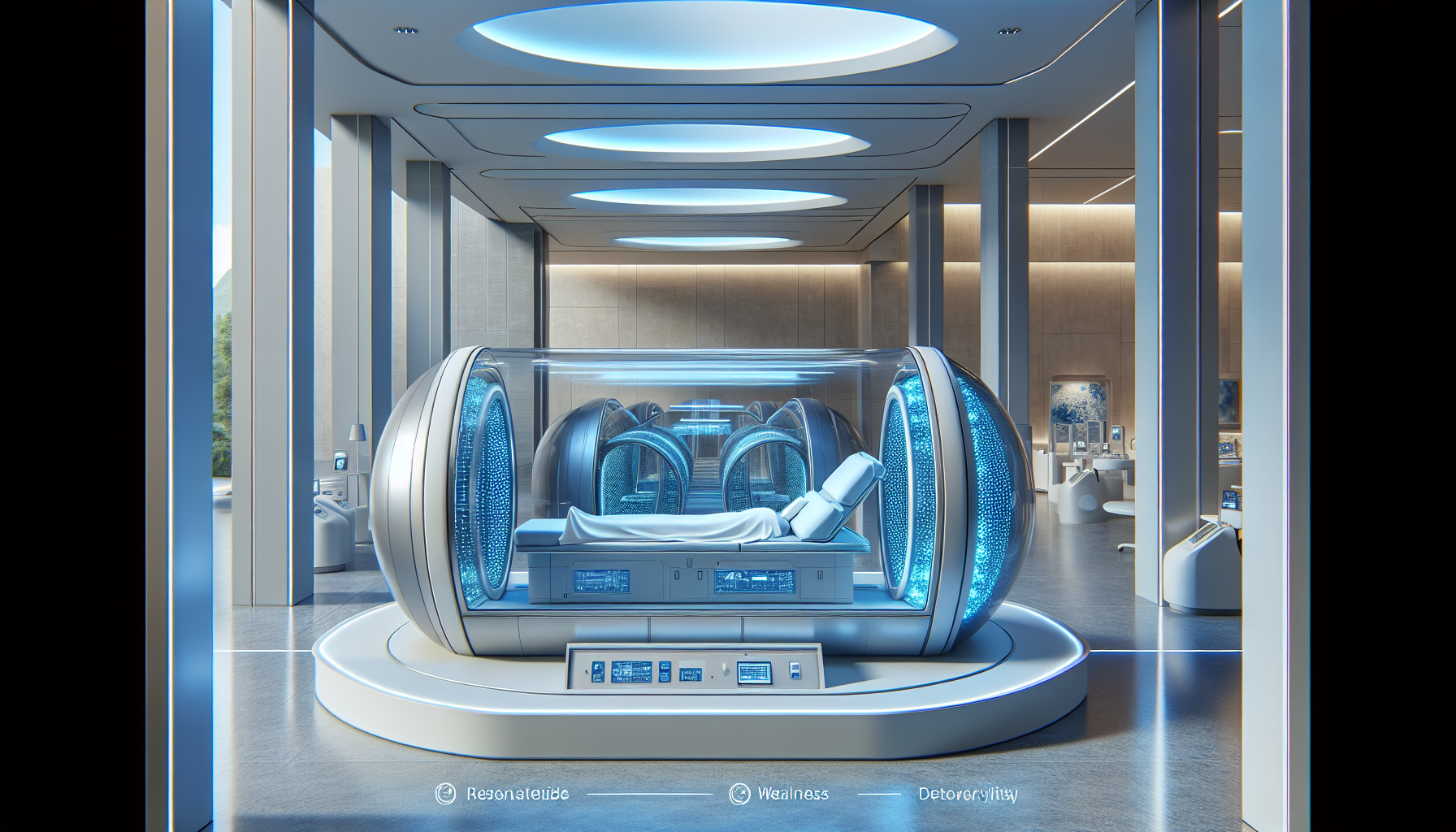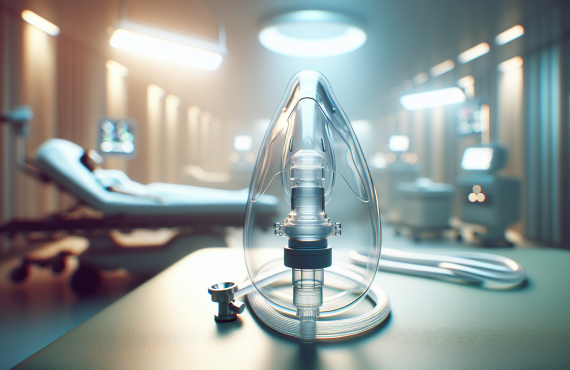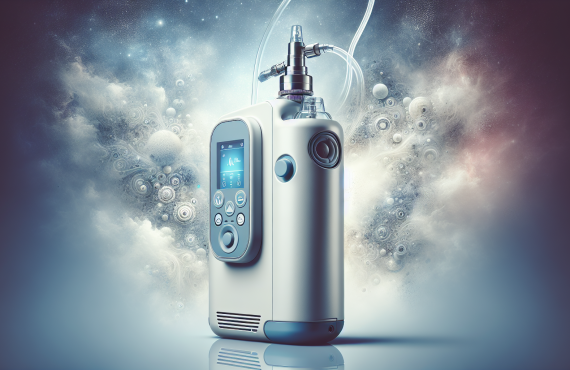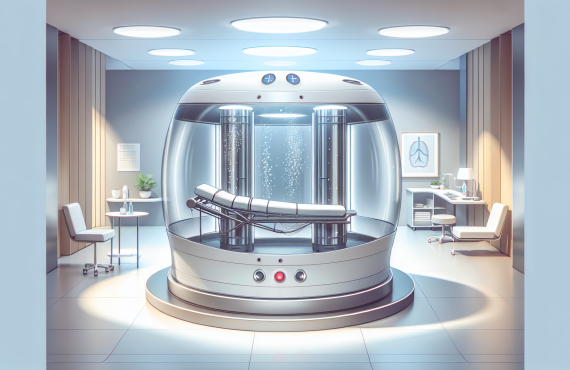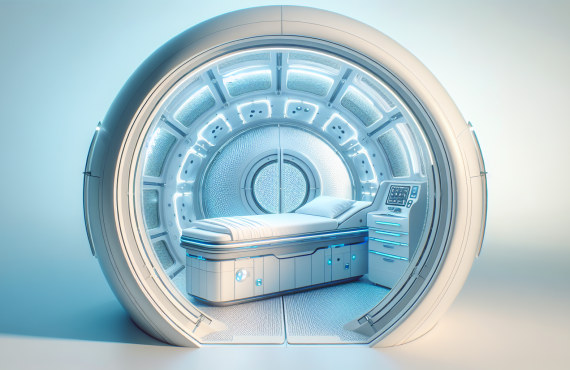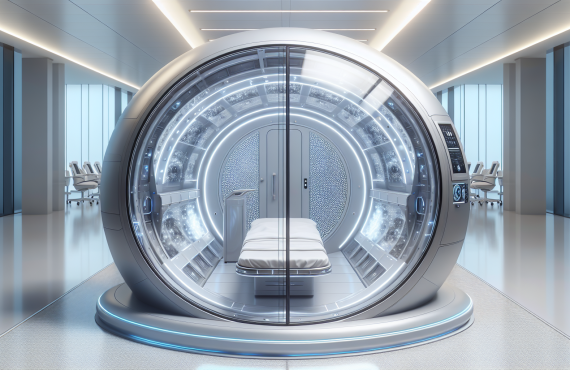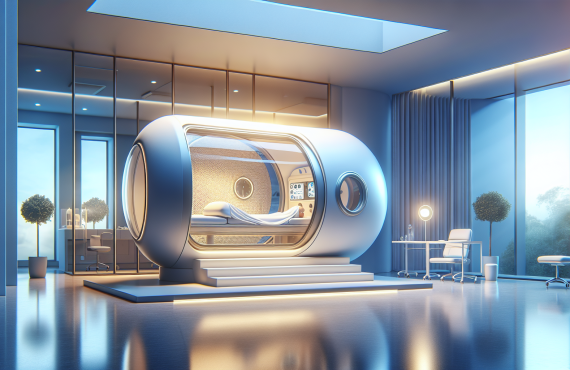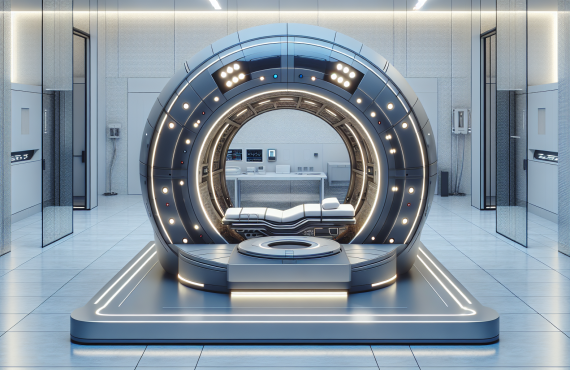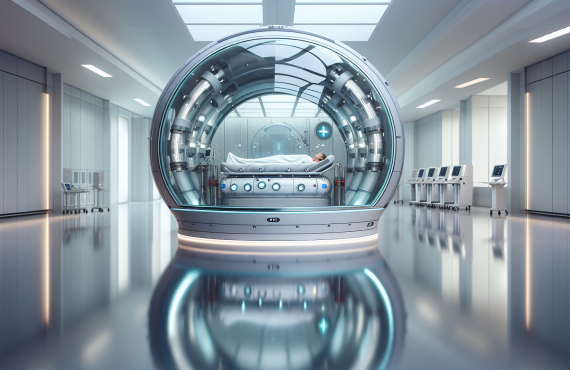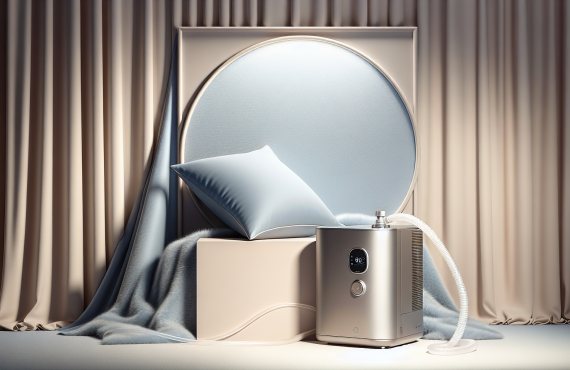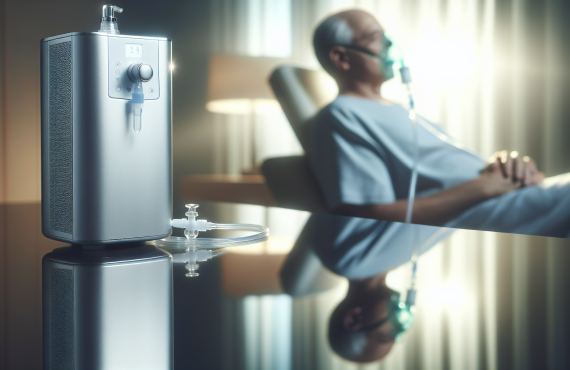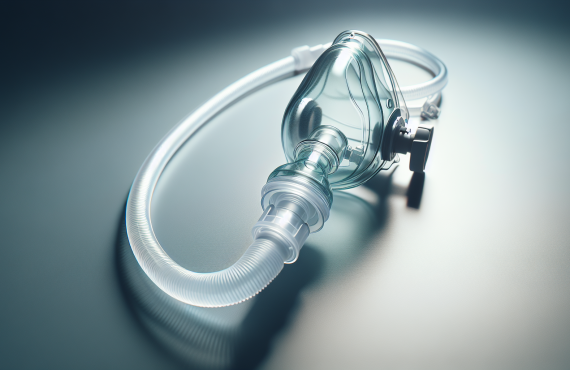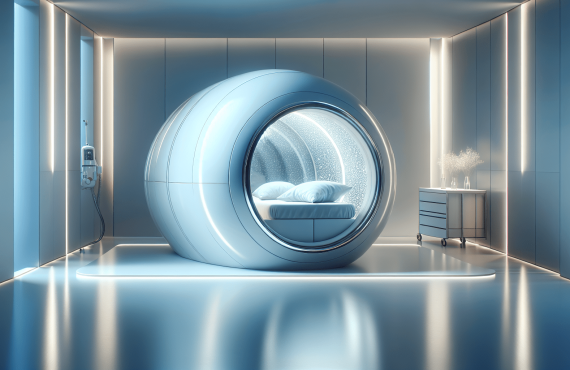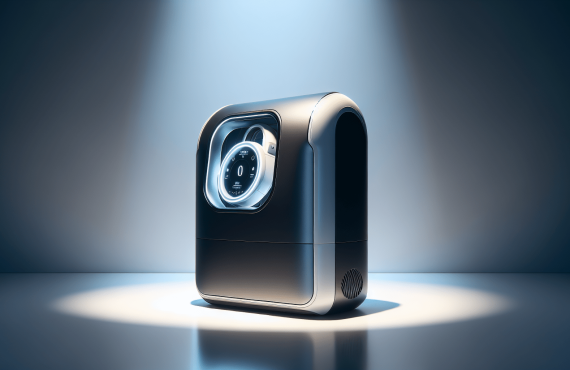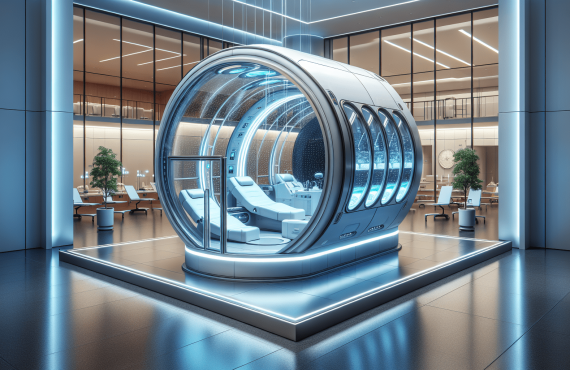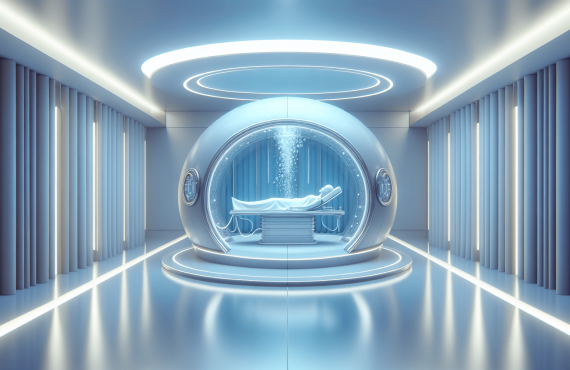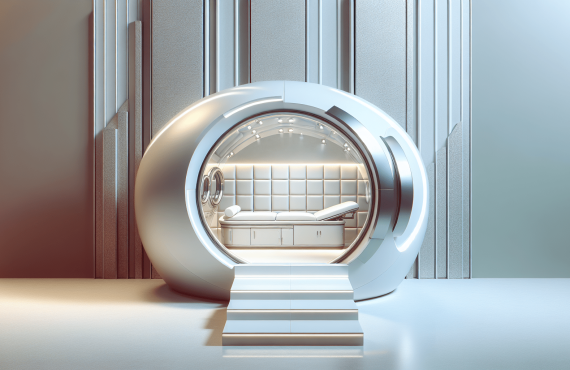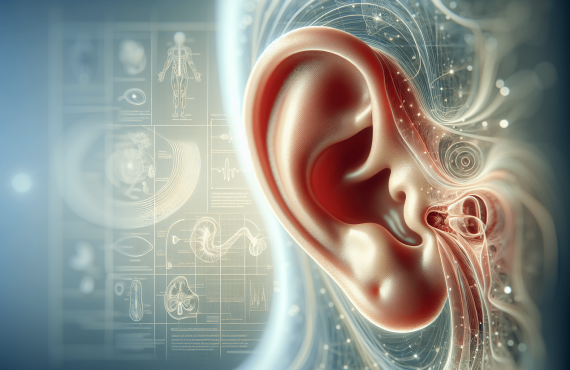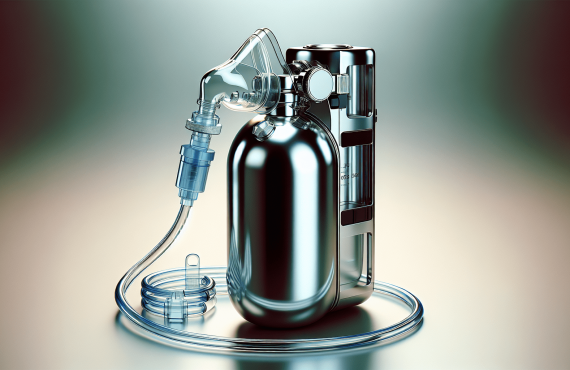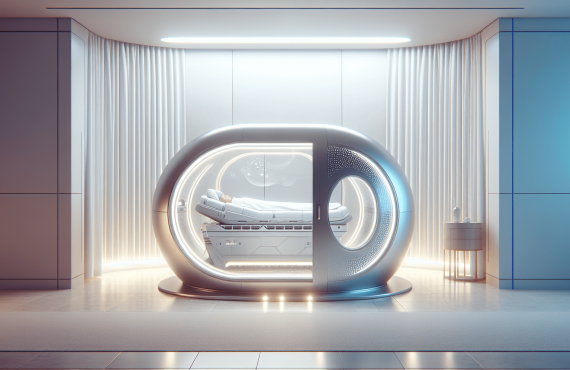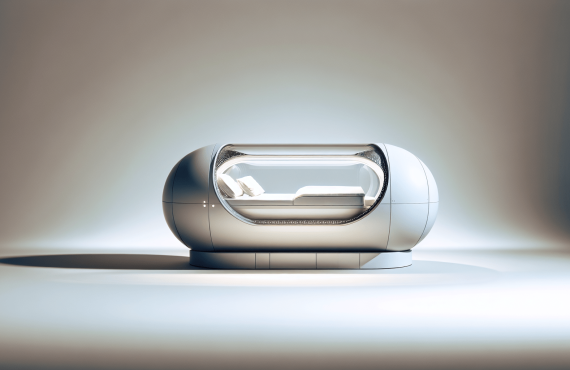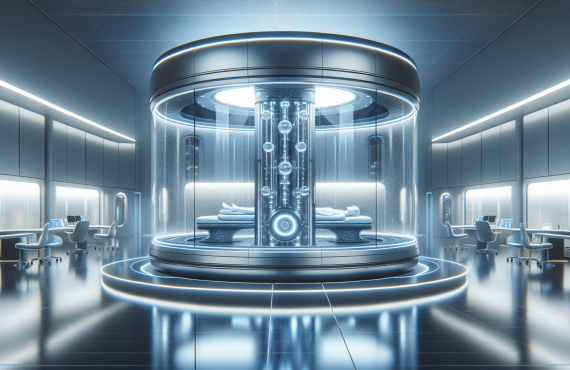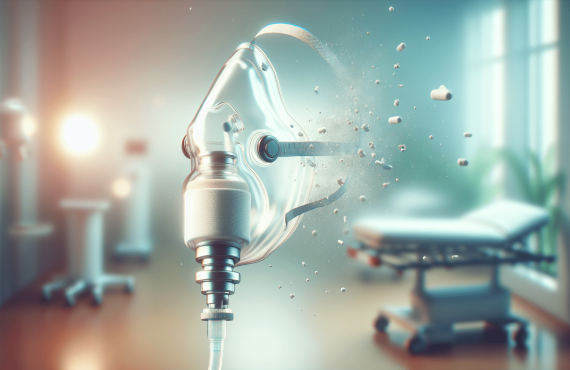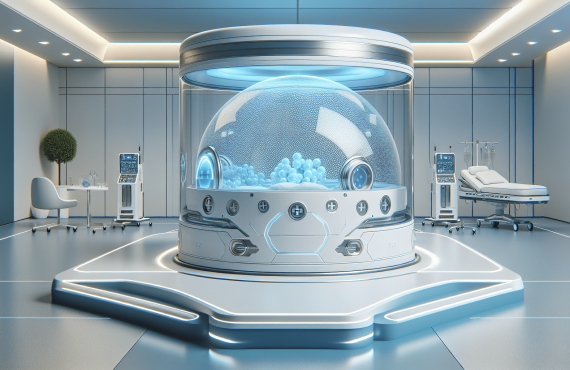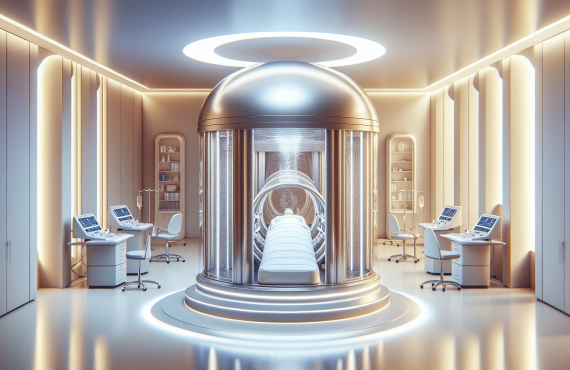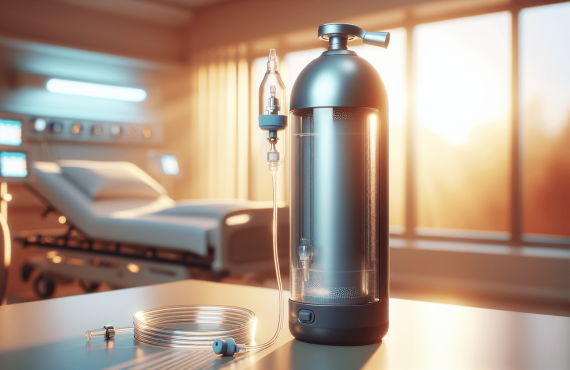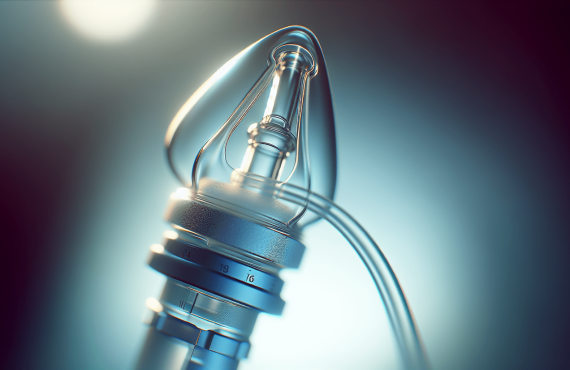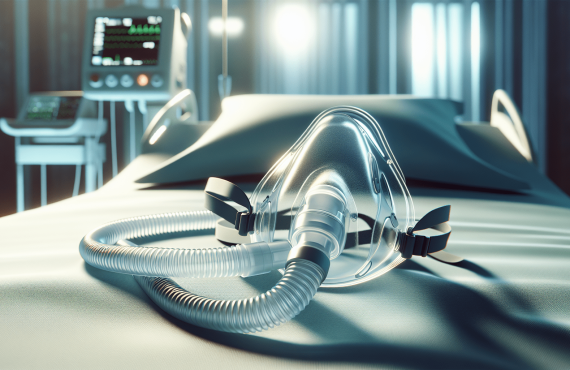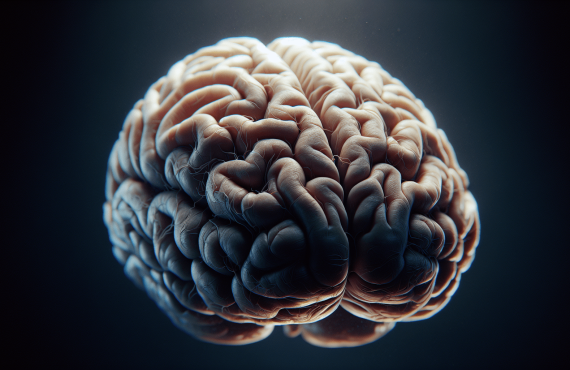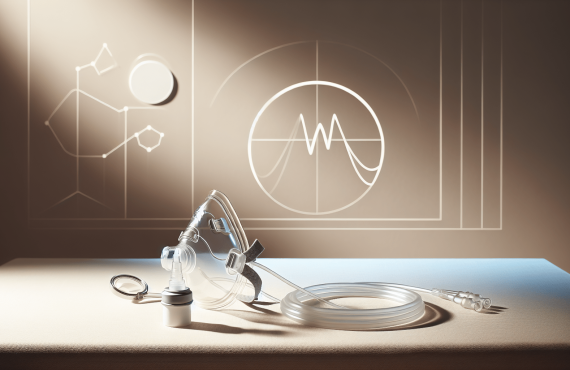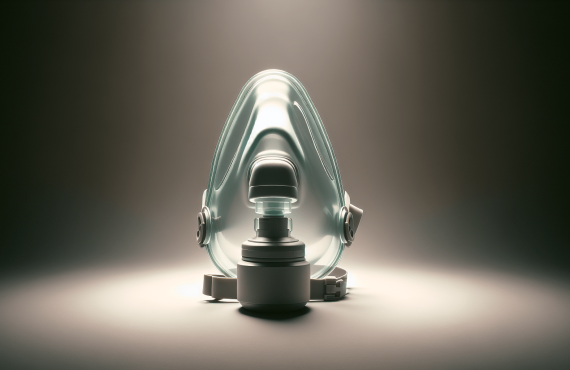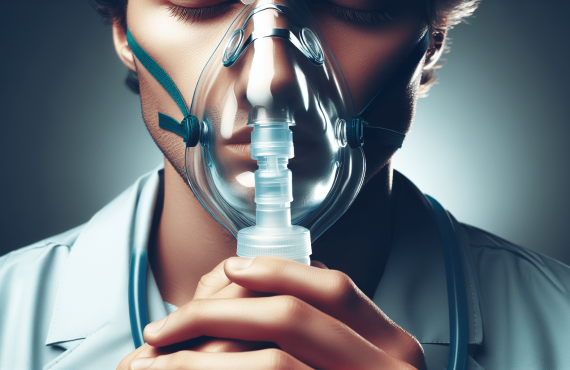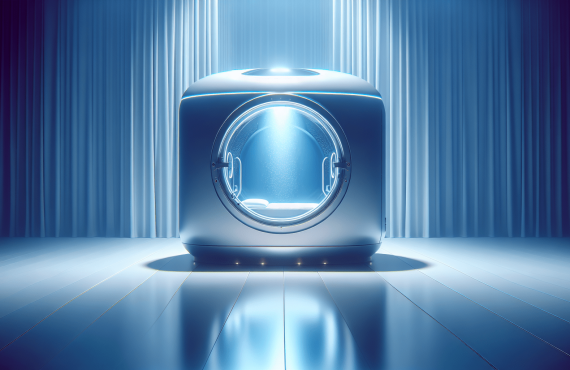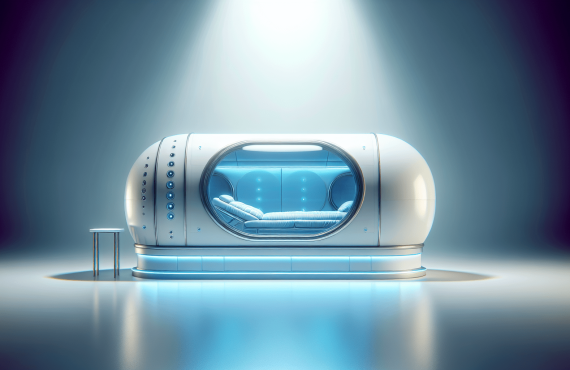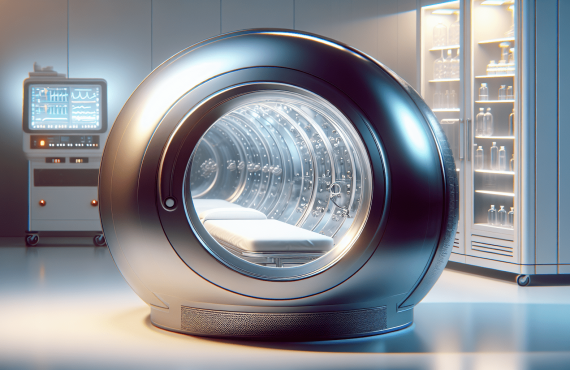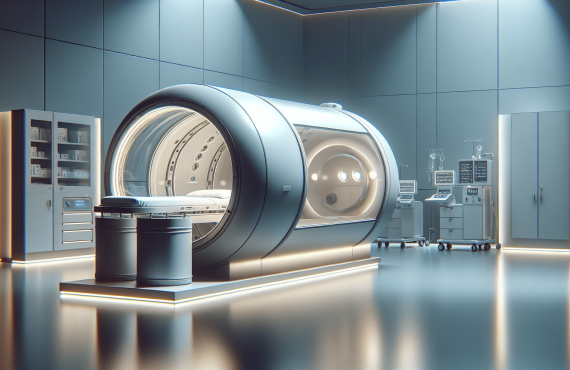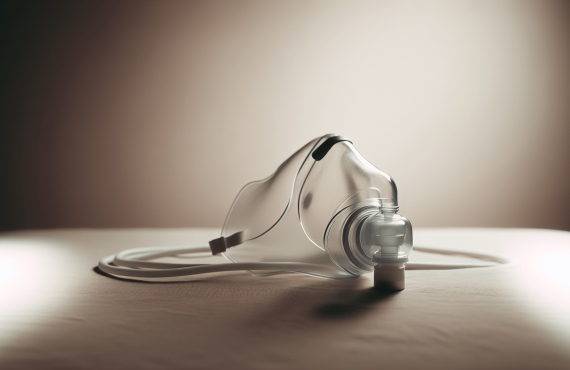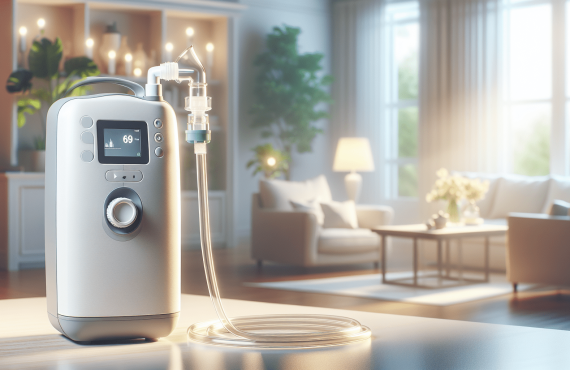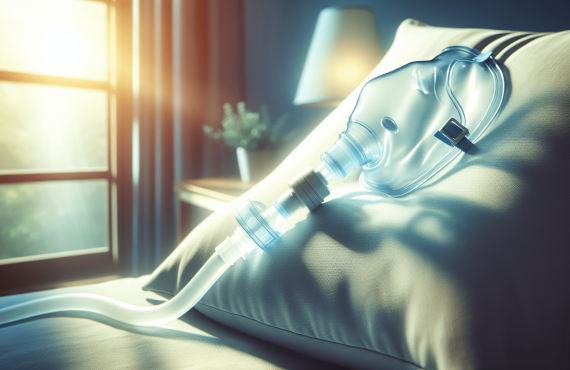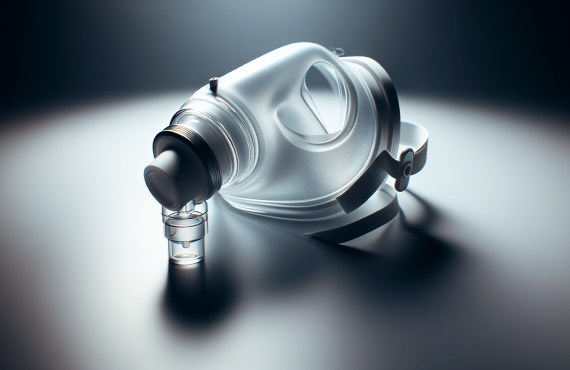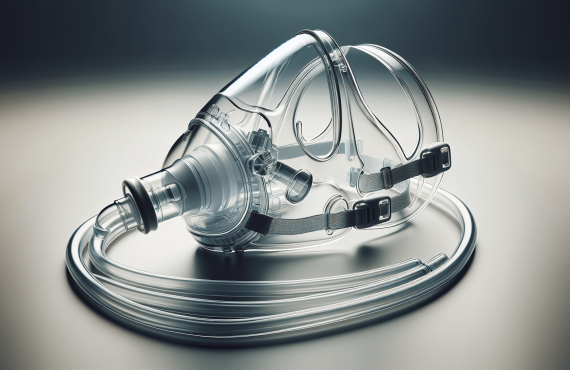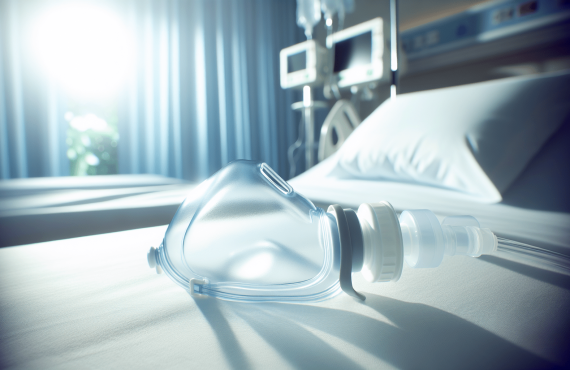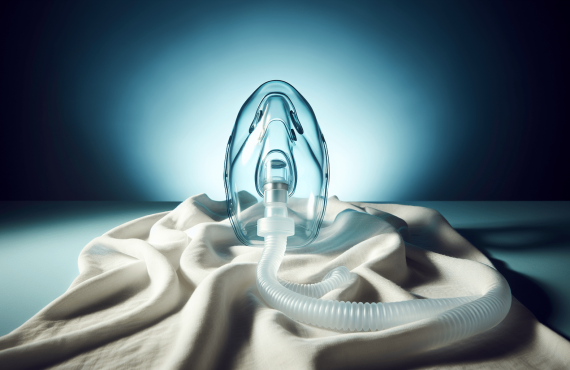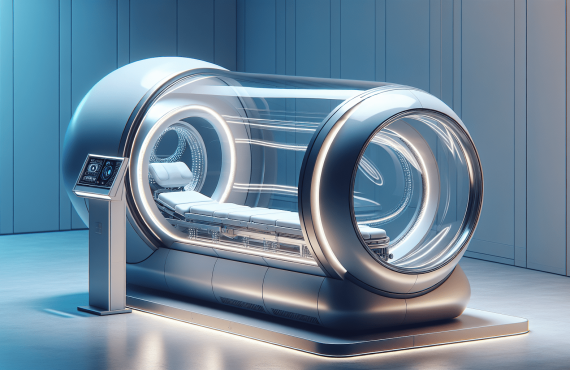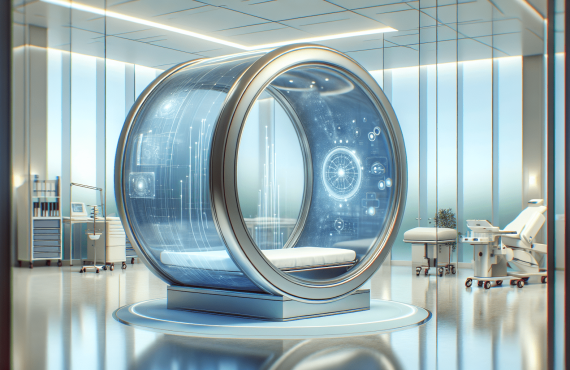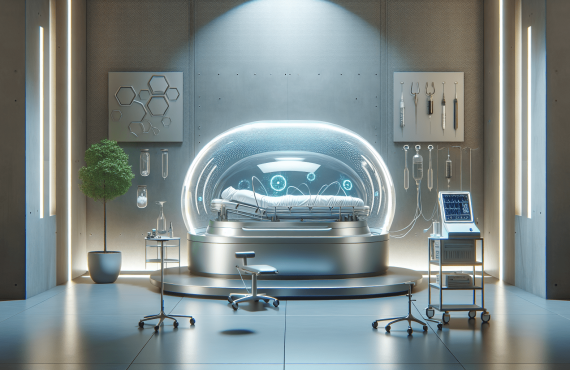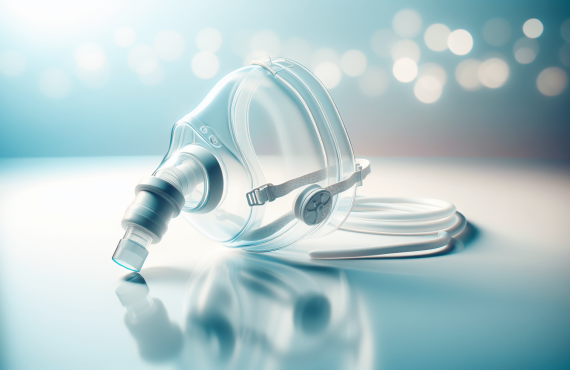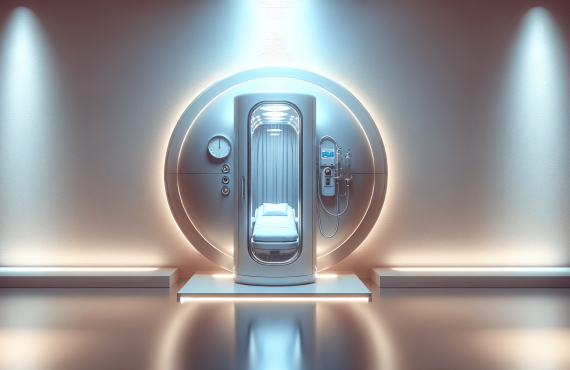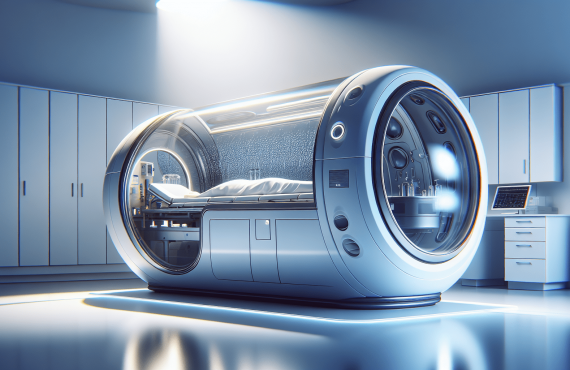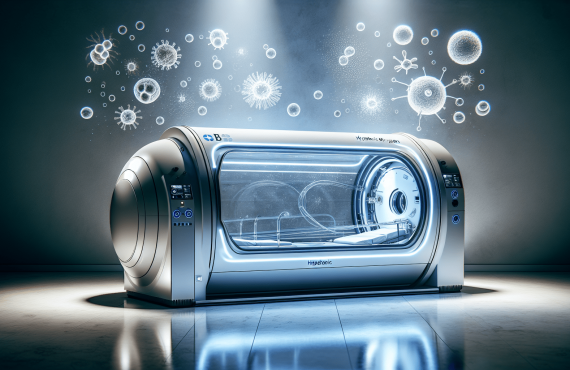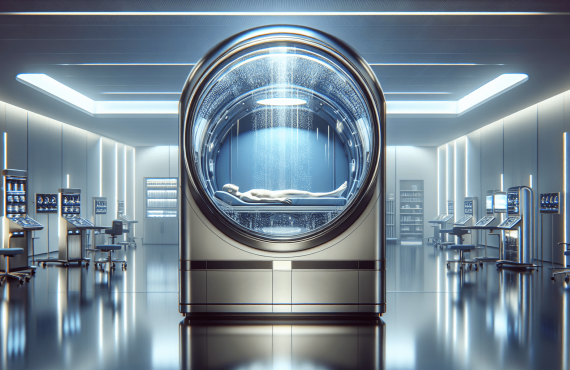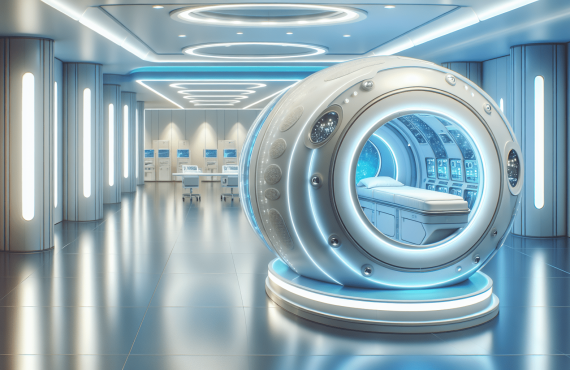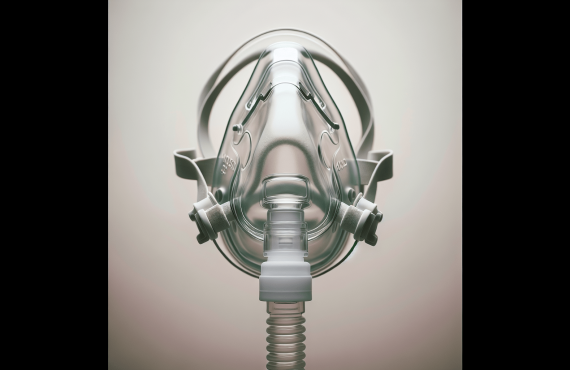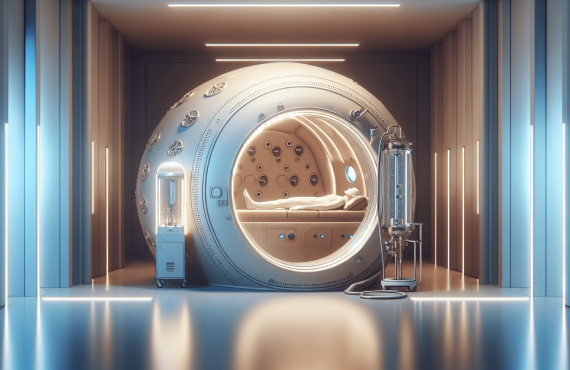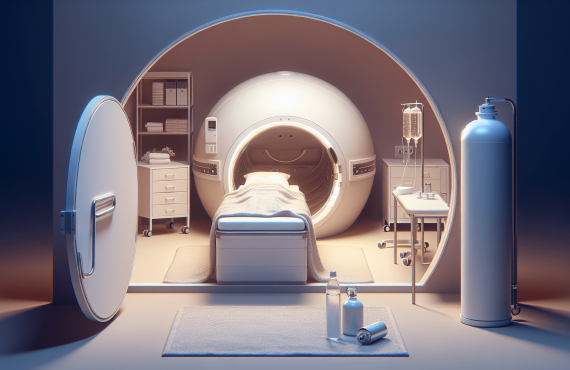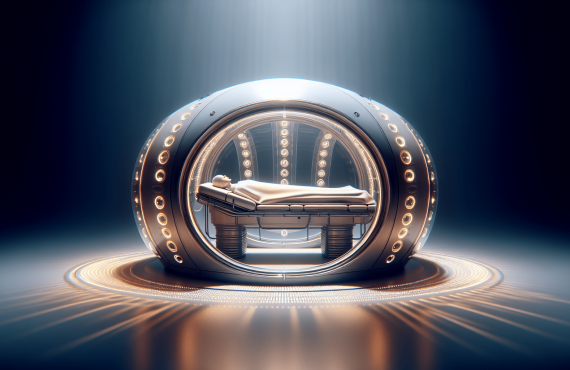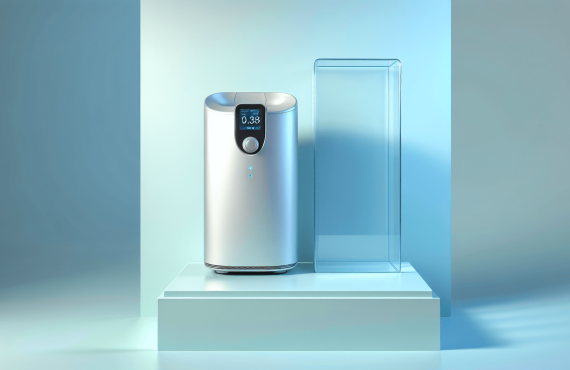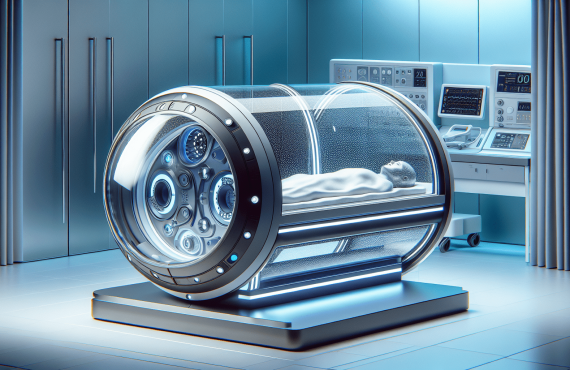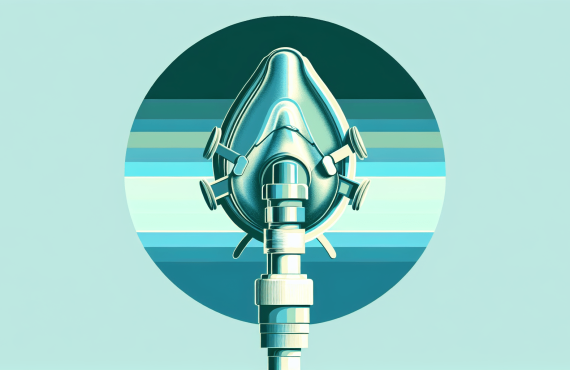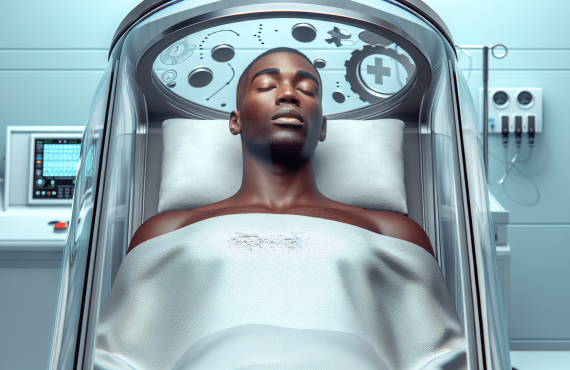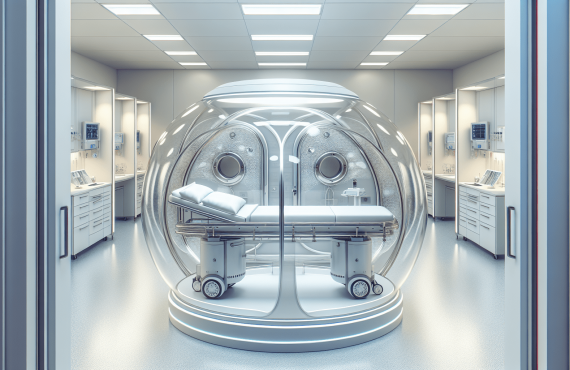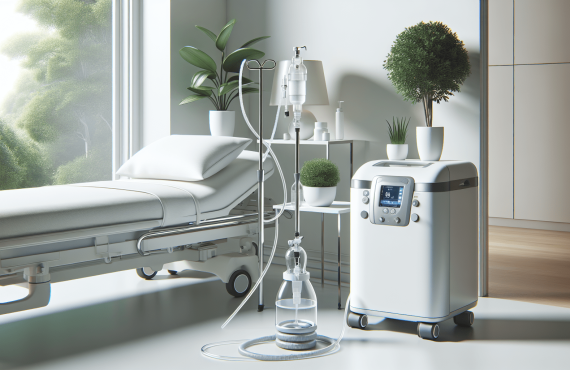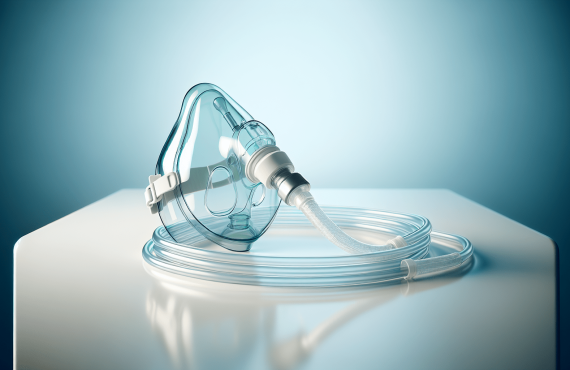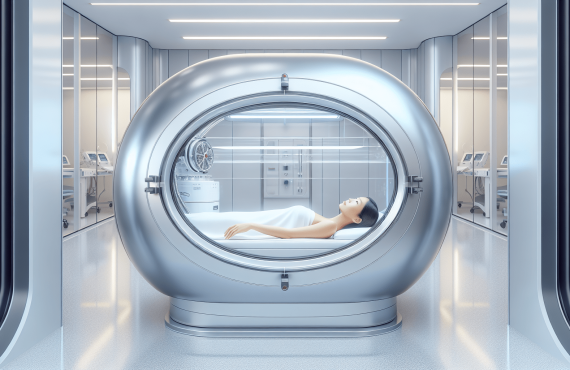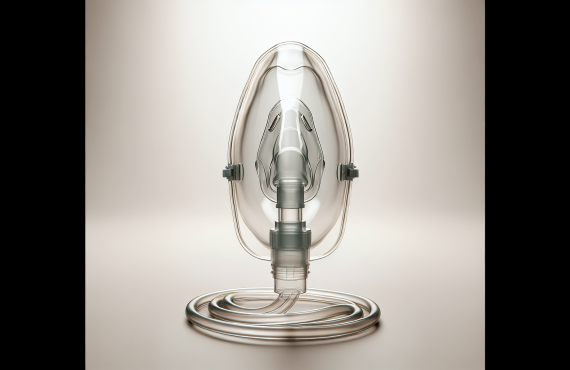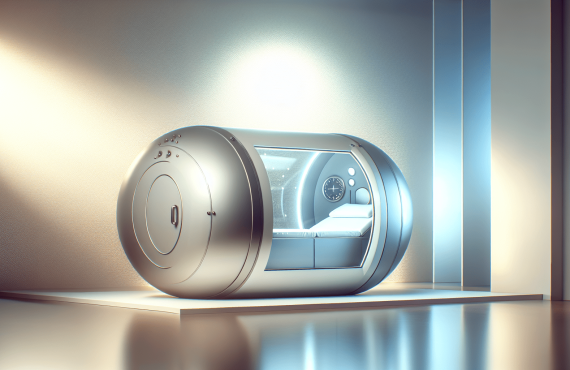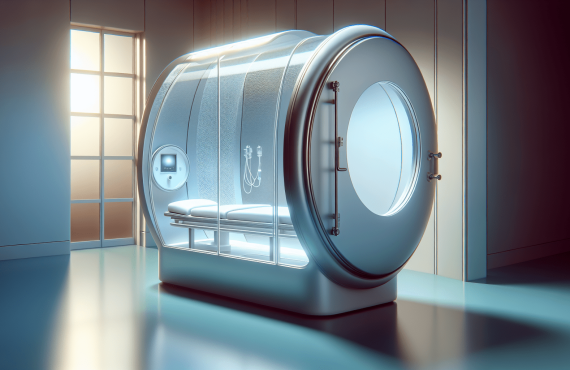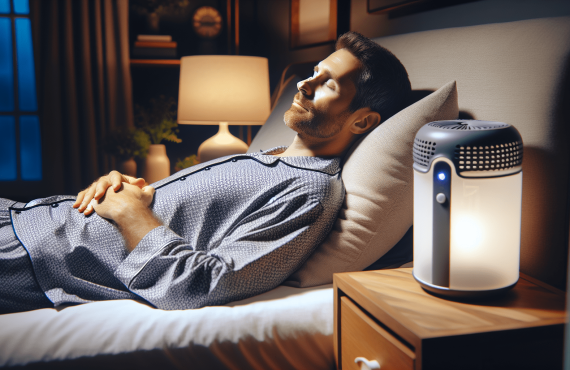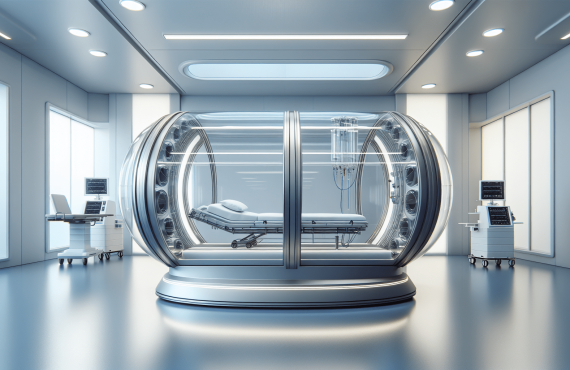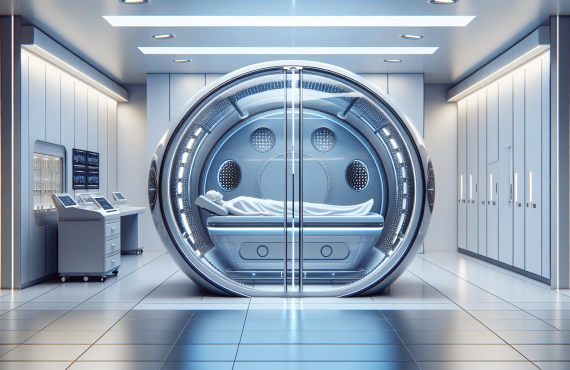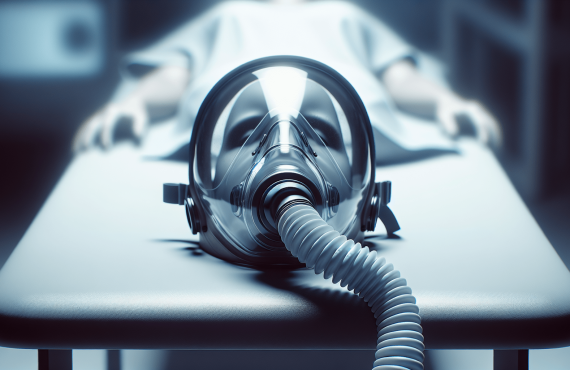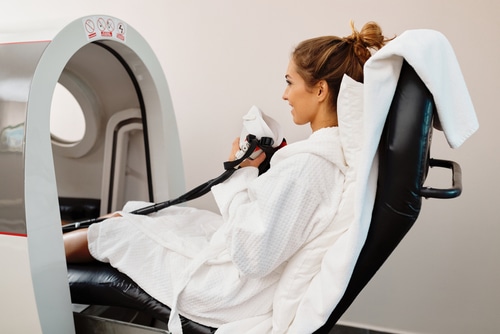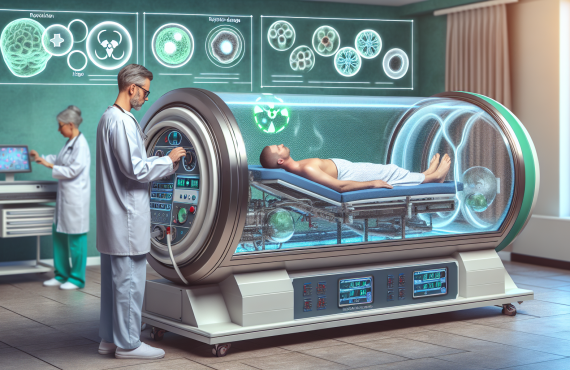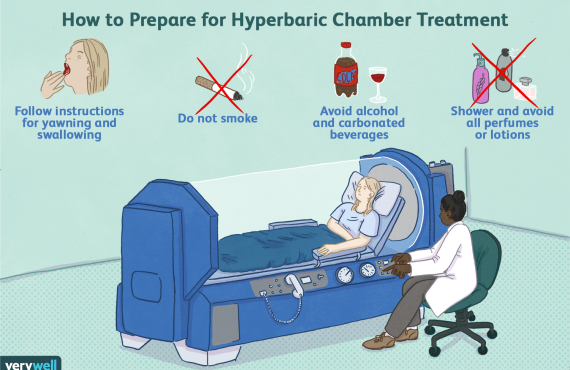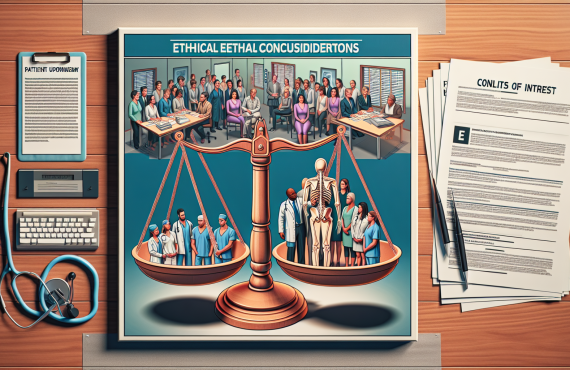Have you ever wondered what could go wrong with therapies that are supposed to help us heal? Let’s shine some light on a fascinating, albeit less spoken about subject: oxygen therapy.
Oxygen therapy is a widely recognized treatment aimed at improving the amount of oxygen that your cells receive. It can be quite beneficial, especially for those with breathing issues, but like everything else in life, it’s not without its downsides. You might expect oxygen therapy to be a cure-all, but there are counterpoints to consider, including adverse effects that may surprise you.
Table of Contents
Understanding Oxygen Therapy
Oxygen therapy involves increasing the percentage of oxygen that individuals breathe or are exposed to. This can be delivered through nasal prongs, masks, or even within a hyperbaric oxygen chamber for more unique situations. The primary goal is simple: get more oxygen into your bloodstream where it can do good work.
Hyperbaric Therapy
Let’s talk Hyperbaric Therapy, which sounds fancy but is fascinating precisely because it is straightforward. Breathing pure oxygen in a chamber that simulates higher atmospheric pressure might seem space-age, but it’s quite grounded in science. Under these conditions, your blood can carry more oxygen, making a particular impact on tissues that are normally harder to reach.
Hyperbaric Therapy, or HBOT, has been found useful for multiple healthcare troubles, from inflammatory issues to aiding in thickening bones and healing injuries faster. As the pressurized environment bumps up the oxygen levels, the blood plasma gets enriched with the essence of life, bringing therapeutic joy to places that are otherwise oxygen-deprived. Neat, right?
What Could Go Wrong?
Now, if we’ve learned anything from cartoons and life in general, it’s that too much of a good thing can sometimes lead to unexpected mishaps. Although oxygen therapy is beneficial, certain adverse effects can occur.
Oxygen Toxicity
One potential issue is oxygen toxicity, an outcome of taking in more oxygen than the body can handle efficiently. It’s similar to when you think you can consume an entire cake; halfway through, you realize you’ve bitten off more than you can chew. Excess oxygen can lead to the formation of toxins that harm the lungs and central nervous system.
Breathing Troubles
Ironically, flooding the body with more oxygen can sometimes lead to respiratory difficulties. Changes in lung volume might not always make the journey of oxygen into cells as smooth as hoped. Breathing pure oxygen for extended periods can trigger symptoms ranging from mild disorientation to coughing and even fits in severe cases.
Eye and Ear Concerns
pressure changes in the chamber can lead to vision disturbances or a curious sensation replicated only by faulty sound systems—ringing in the ears. This happens because the air pressure affects fluid within the body, altering how sound and light reach you.
Fire Hazard
While this sounds like a plot conceived by a B-rated action movie, oxygen can intensify fires. It’s not captivating suspense; it’s real science. Increased oxygen in the environment can elevate the risk of fire, so precautions are a key focus during therapy.
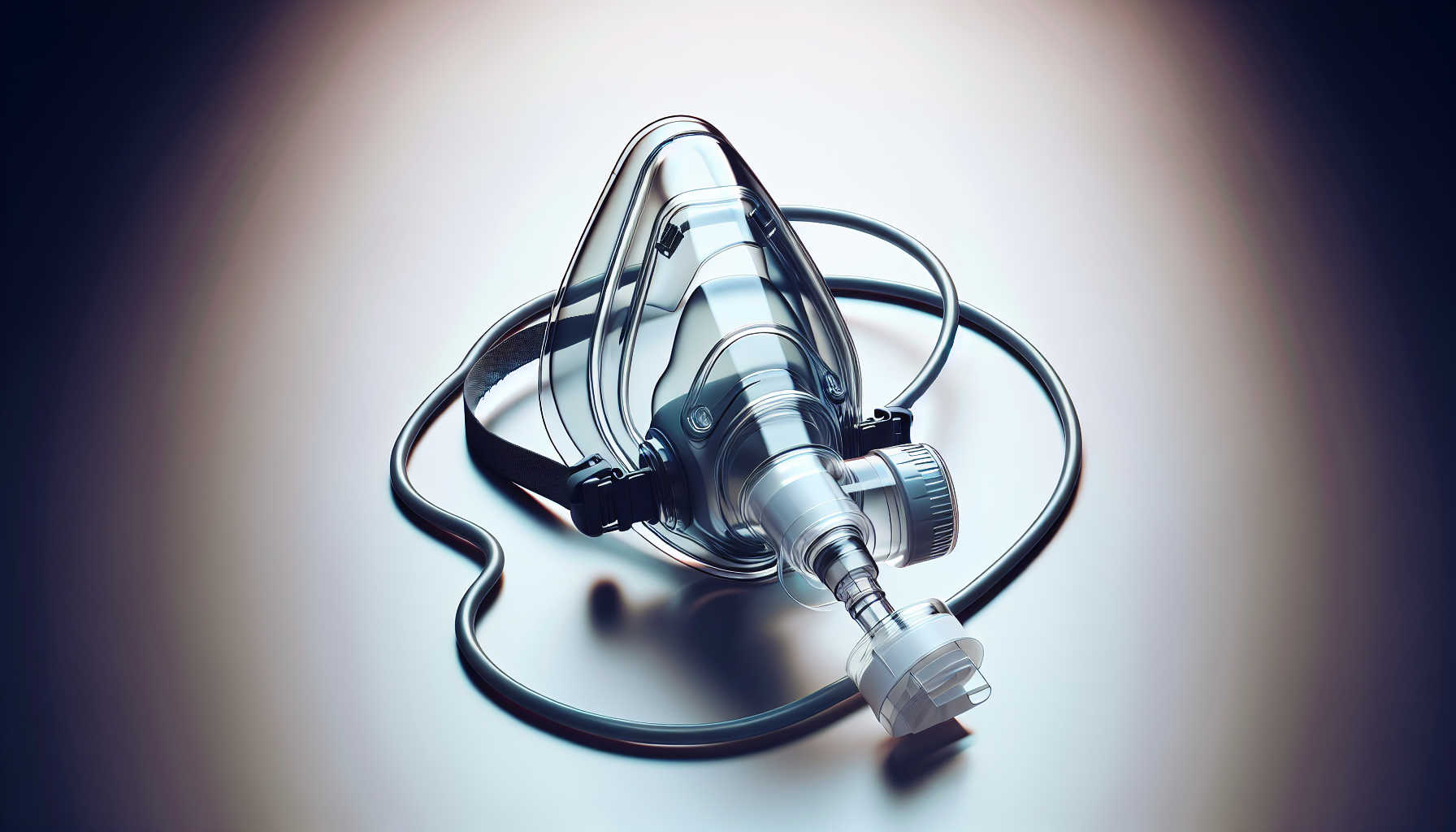
Balancing the Benefits and Risks
As with any medical treatment, the pros and cons must be weighed thoughtfully. The essence is not to abandon ship at the first sign of rain but knowing when to keep an umbrella handy. Engaging in oxygen therapy requires coordination with healthcare professionals who understand how to mitigate risks while maximizing benefits.
Personalized Care
Every patient brings their unique needs and conditions, therefore distinguishing factors—age, existing conditions, and specific therapeutic goals—all play a role in determining appropriate oxygen therapy plans. Collaboration with health practitioners ensures that oxygen levels remain beneficial rather than overwhelming.
The Importance of Supervision
Supervised environments are critical when undergoing oxygen therapy. Regular monitoring by medical professionals ensures that potential adverse effects are kept in check, pivoting treatment strategies as needed. This dynamic adjustment is another cog in the wheel that makes oxygen therapy effective and safe.
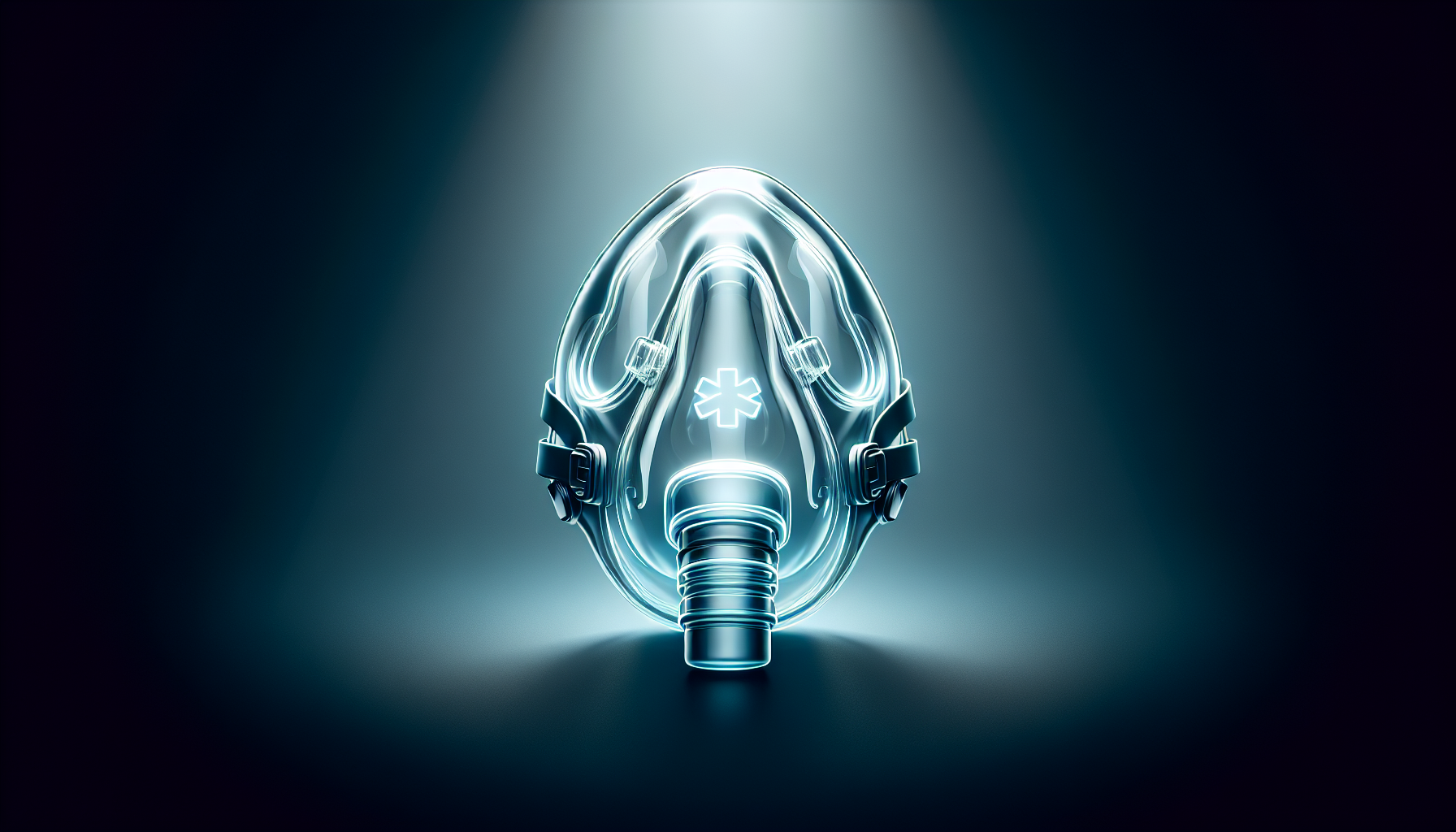
The Role of Henry Chiropractic
With medical treatments like oxygen therapy, professional guidance makes navigating the landscape less daunting. At Henry Chiropractic, Dr. Craig Henry along with Dr. Aaron Hixon provide a comforting space for holistic health care. The two emphasize a commitment to improving not just physical wellness, but the overall quality of life.
Meet the Practitioners
Dr. Craig Henry is known for his adept skills in chiropractic care, focusing on life improvement through wellness practices. Meanwhile, Dr. Aaron Hixon, equipped with a rich educational background and a benevolent reputation, has a multitude of chiropractic techniques up his sleeve. Both Dr. Henry and Dr. Hixon channel their passions in aiding those who seek not just treatment, but refinement of their lifestyle.
Frequently Asked Questions About Oxygen Therapy
To wrap up, here are some questions that frequently arise concerning oxygen therapy:
Is Oxygen Therapy Safe for Everyone?
While beneficial, not everyone is an ideal candidate. Those with respiratory conditions should consult with health professionals to evaluate potential risks.
How Long Can One Stay in a Hyperbaric Chamber?
Session lengths can vary but generally last from 60 to 90 minutes. It’s crucial to determine the duration based on individual treatment needs.
Are There Simple Steps to Mitigate Risks?
Yes, professional supervision, regular check-ups, and awareness of personal limits ensure that risks are minimized throughout the treatment.
Can Oxygen Therapy Improve Athletic Performance?
Some studies suggest improved endurance, but ethical considerations keep its application for performance enhancement in sports under scrutiny.
How Soon Can Results Be Expected?
Results vary depending on the condition being treated. Some may notice immediate improvements, while for others, benefits become apparent over time.
For any additional guidance or detailed healthcare needs surrounding oxygen therapy, consider reaching out to Henry Chiropractic. Their expertise ensures that your health journey is informed, cautious, and supported.
You can visit them at:
Henry Chiropractic
1823 N 9th Ave
Pensacola, FL 32503
(850) 435-7777
Dr. Craig Henry’s Website
In essence, oxygen therapy is as intriguing as it is intricate. It offers terrific opportunities for healing when done correctly, while simultaneously posing genuine challenges if mishandled. Through advised supervision and awareness, it remains a fascinating pursuit in advancing our health journeys.


